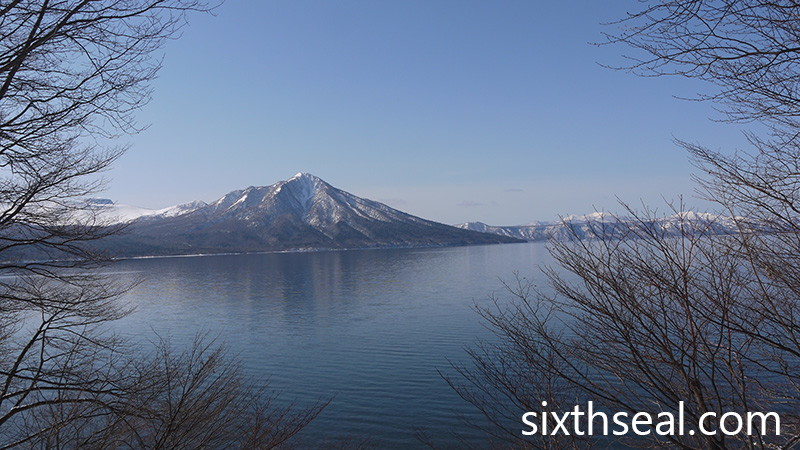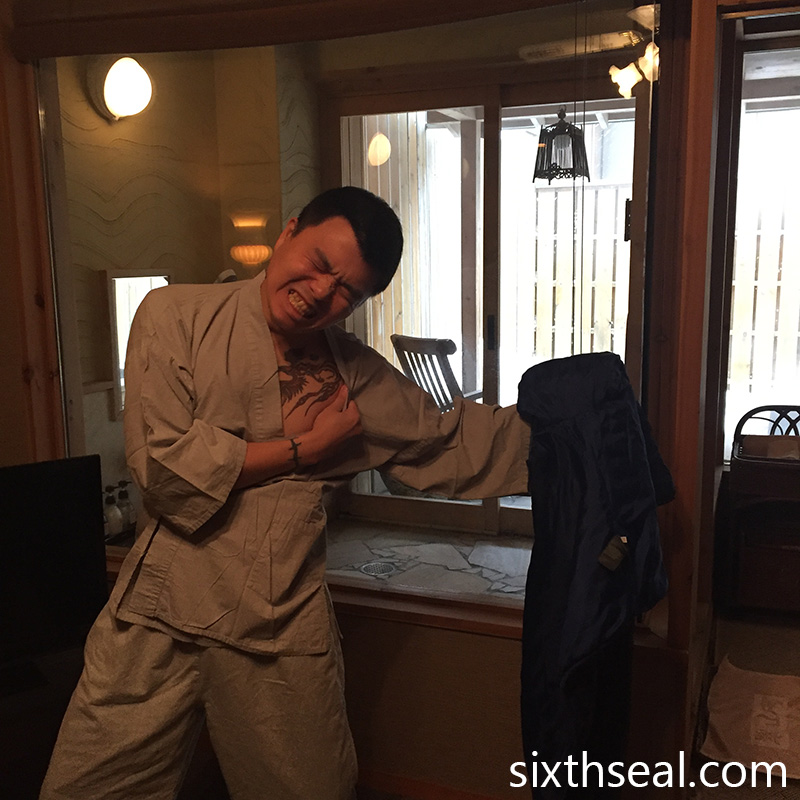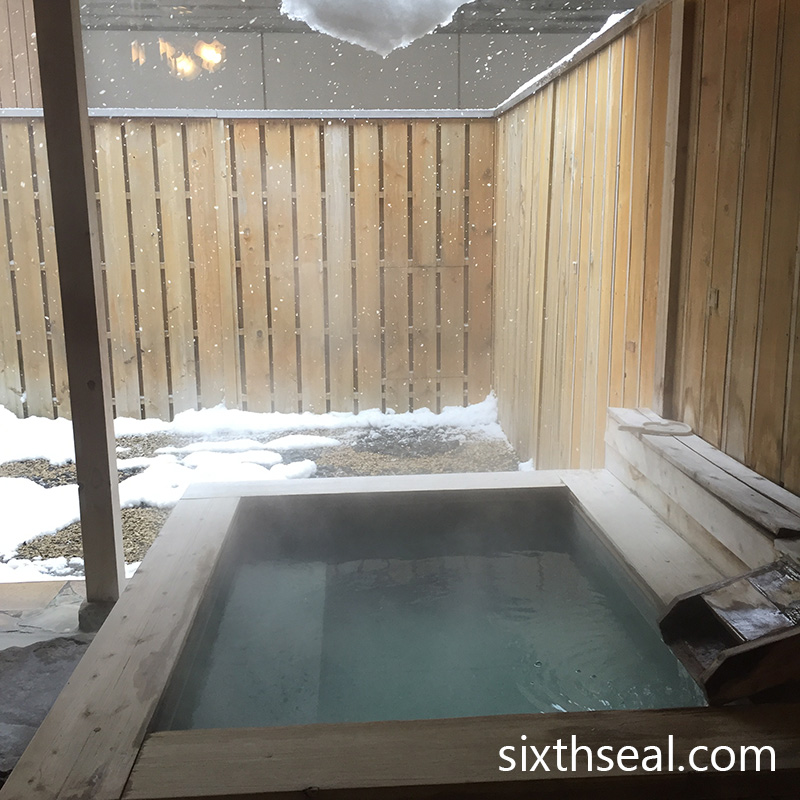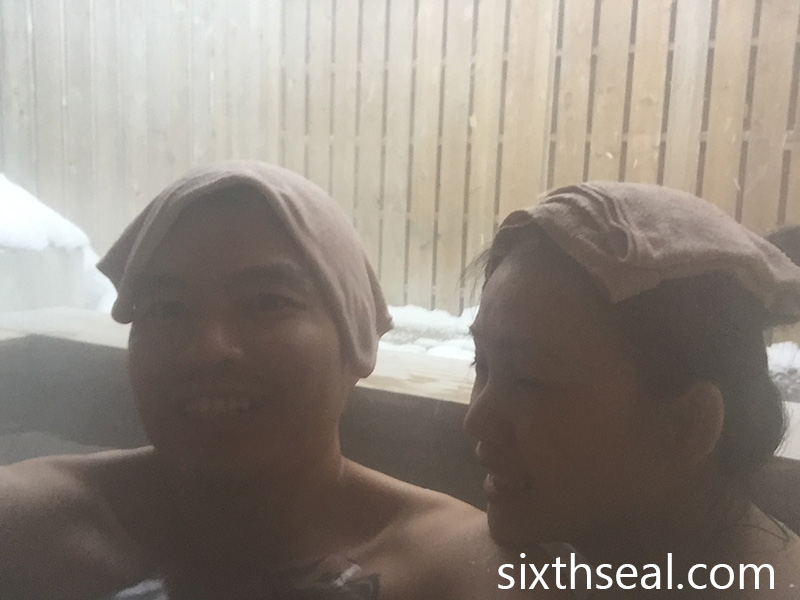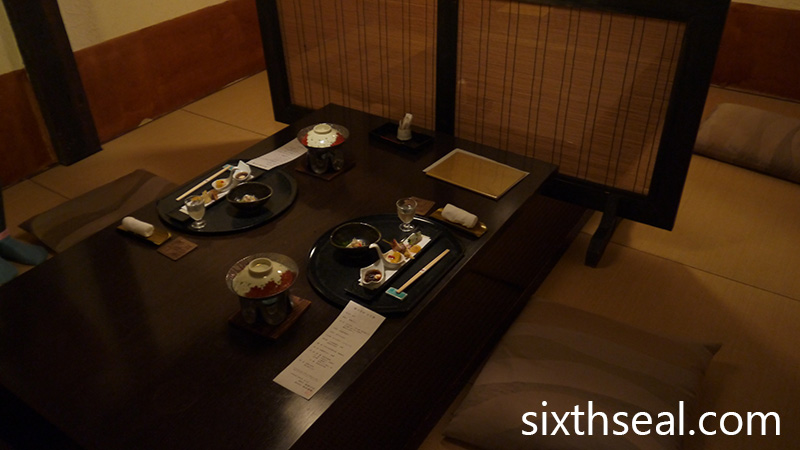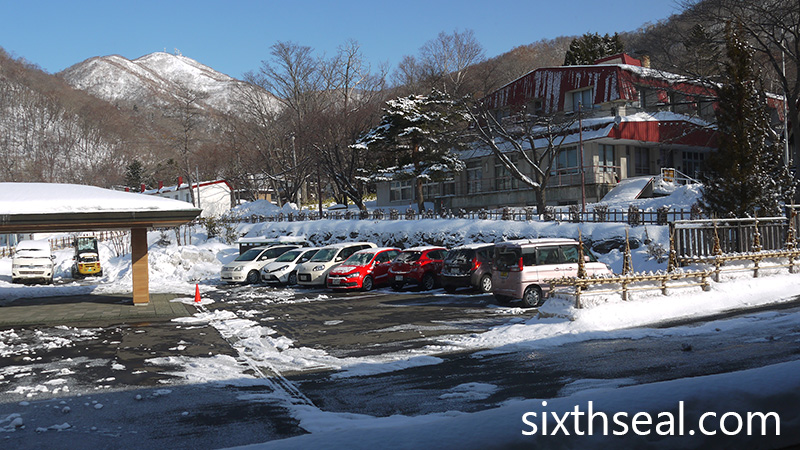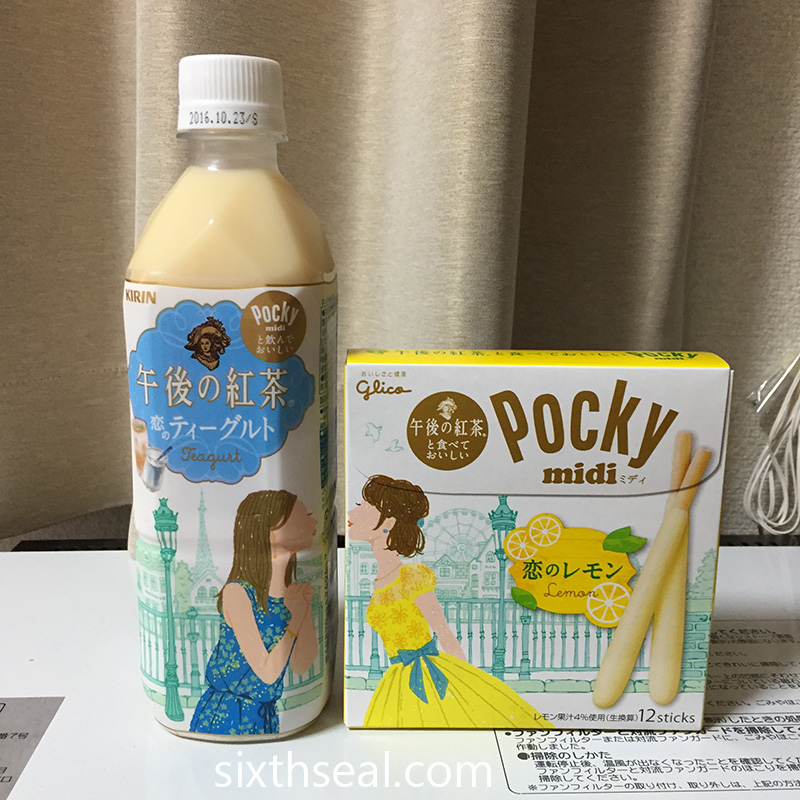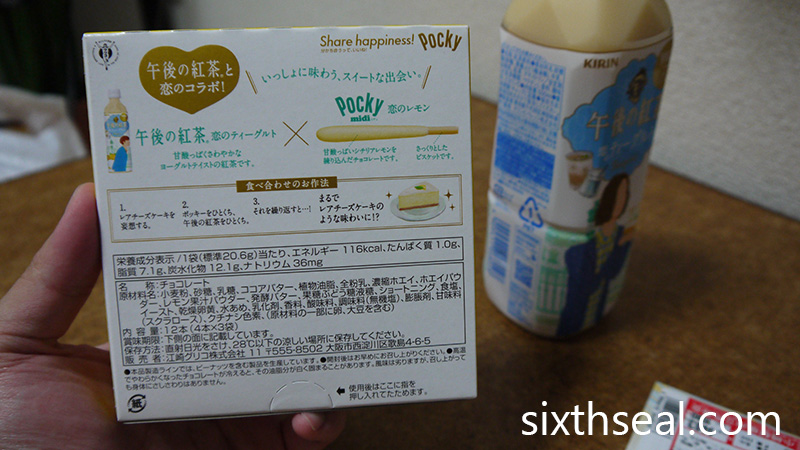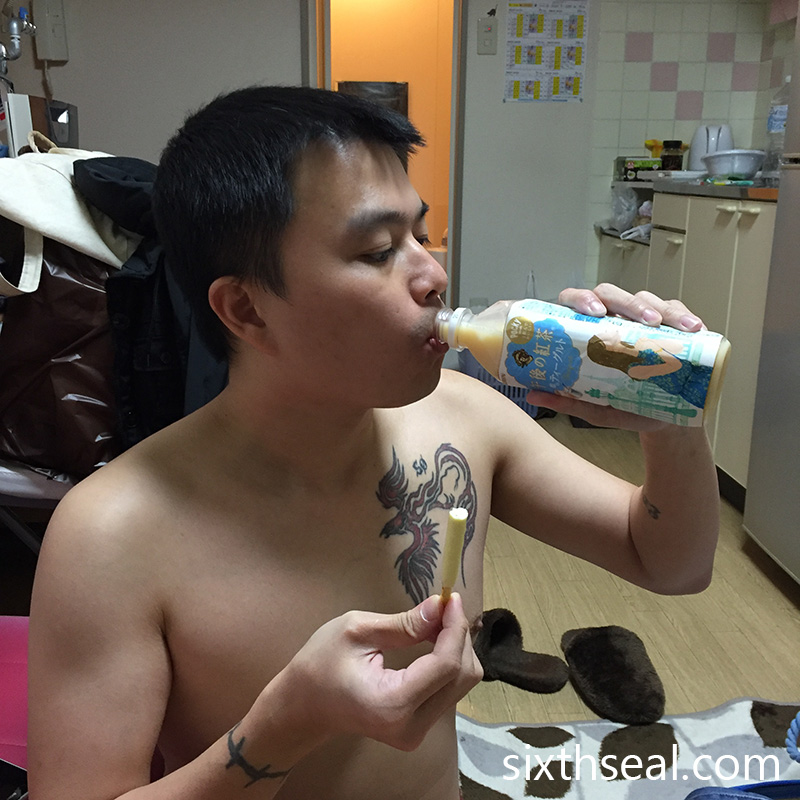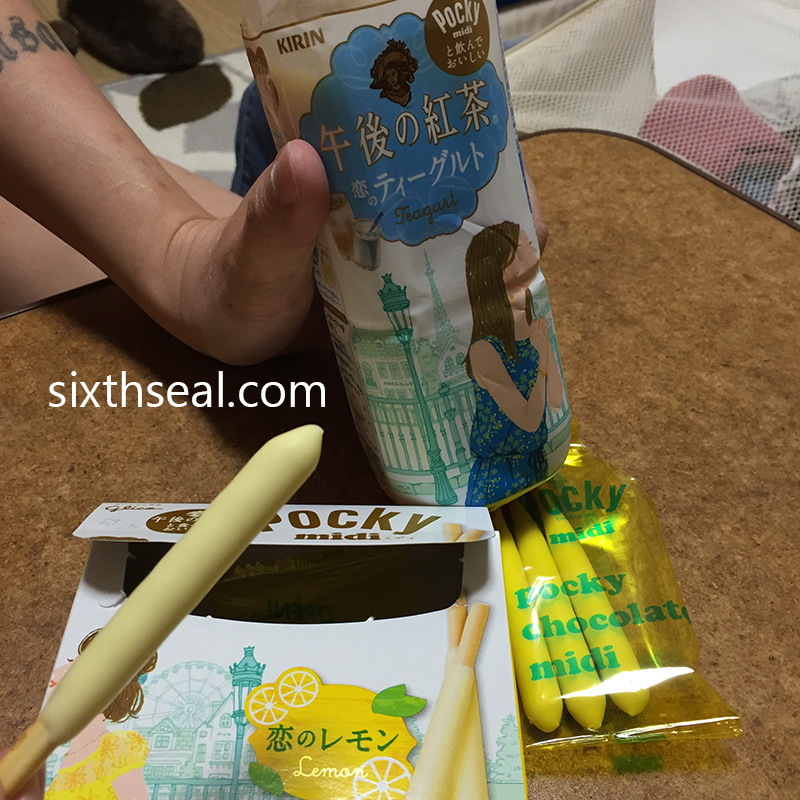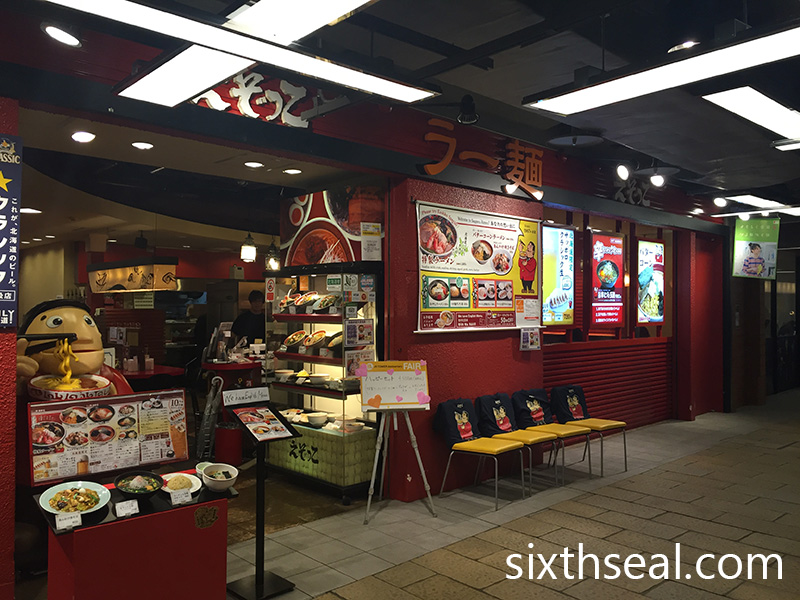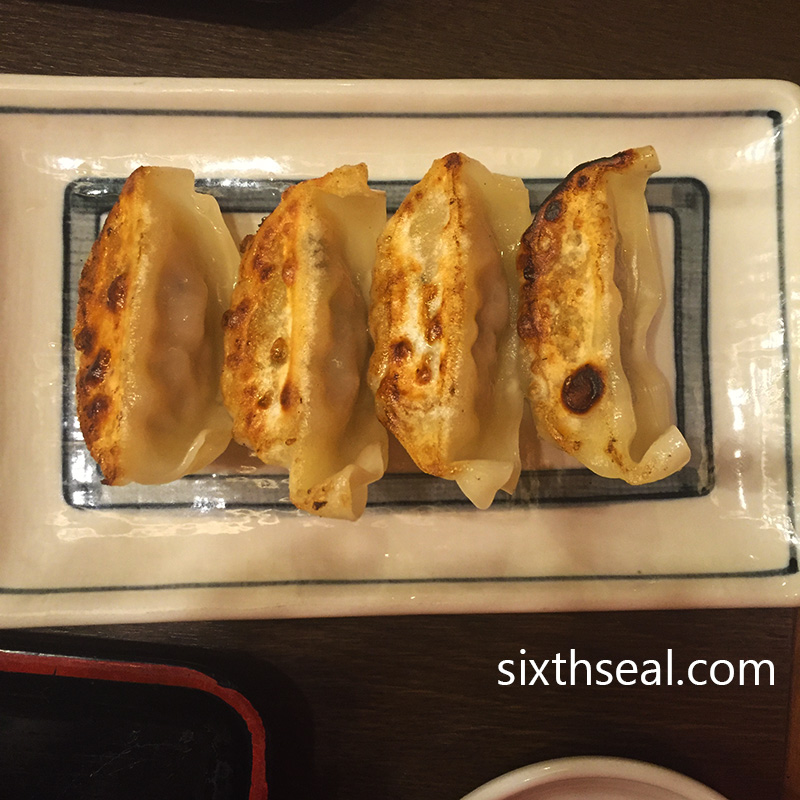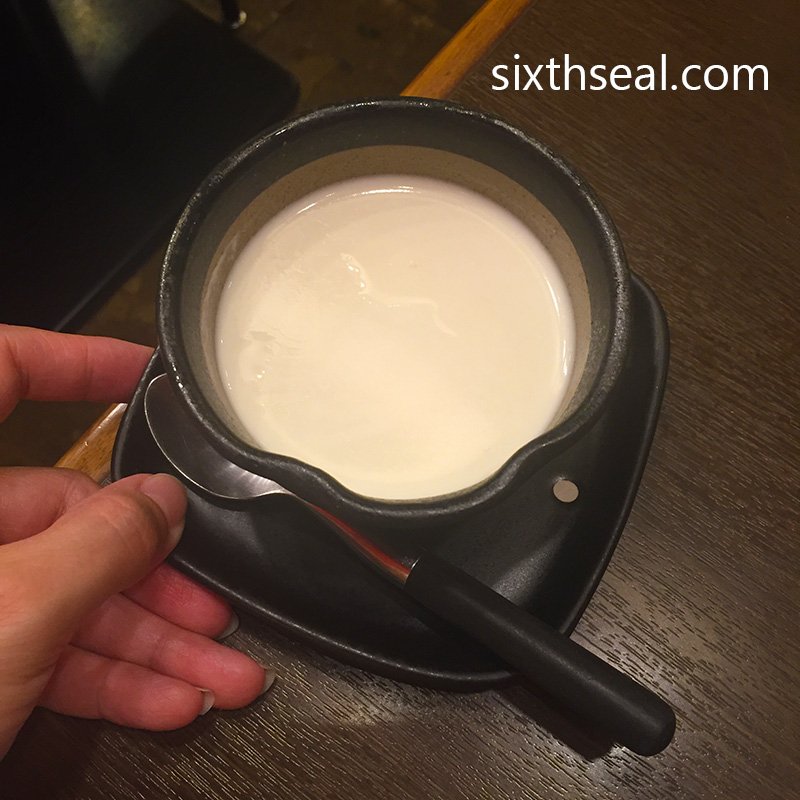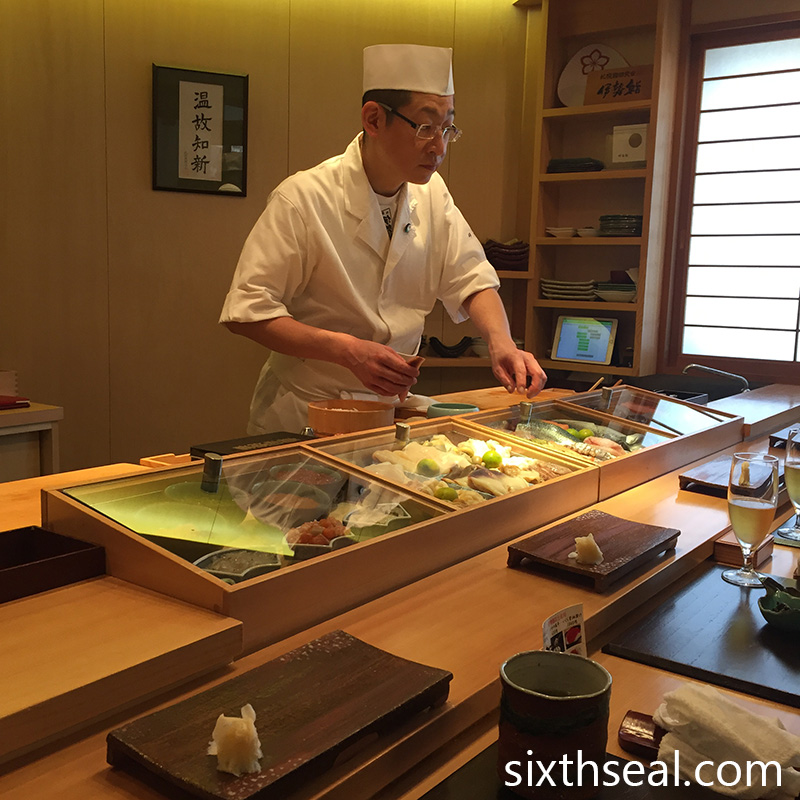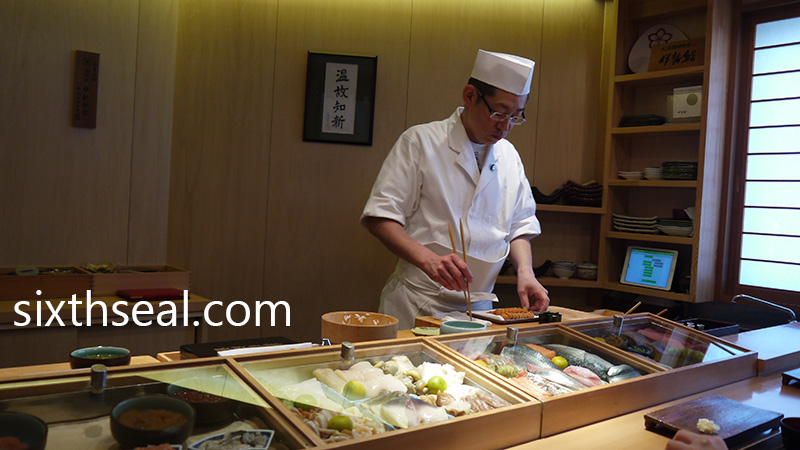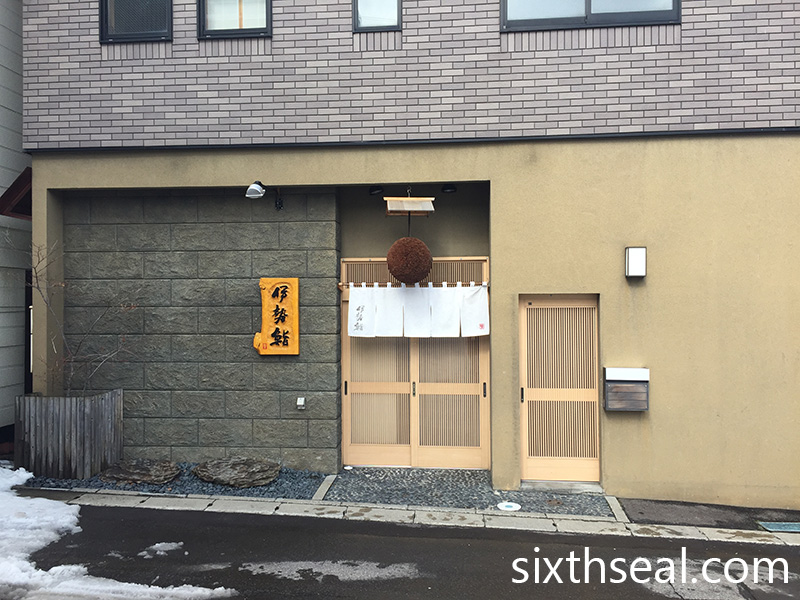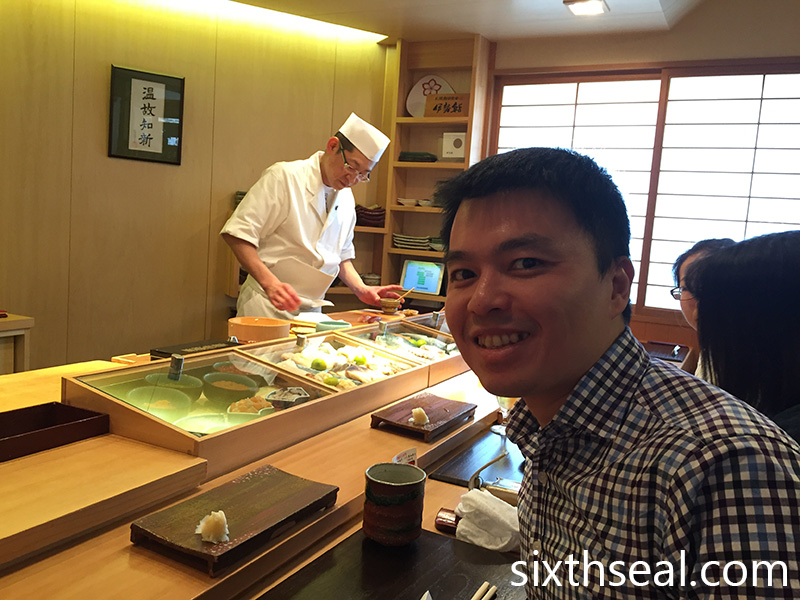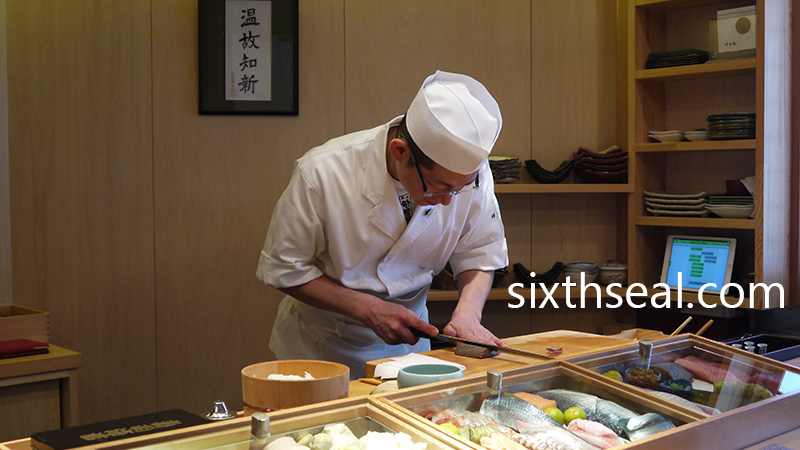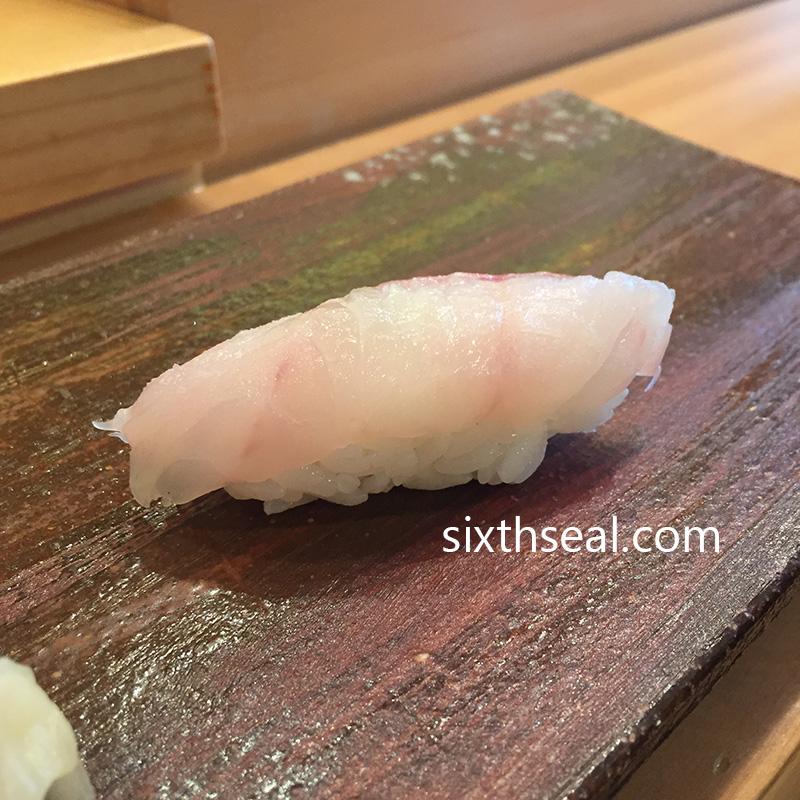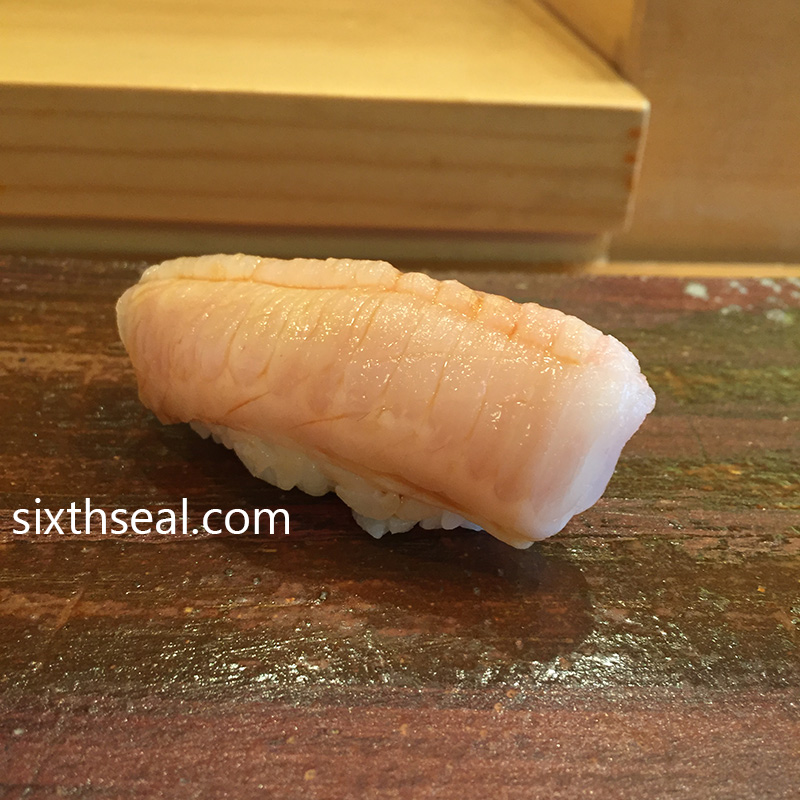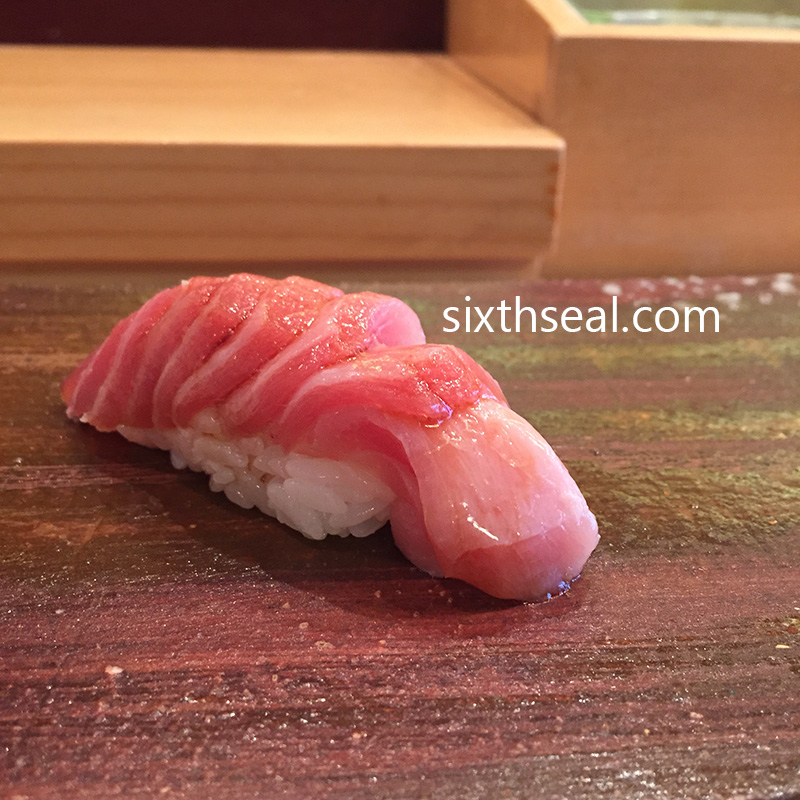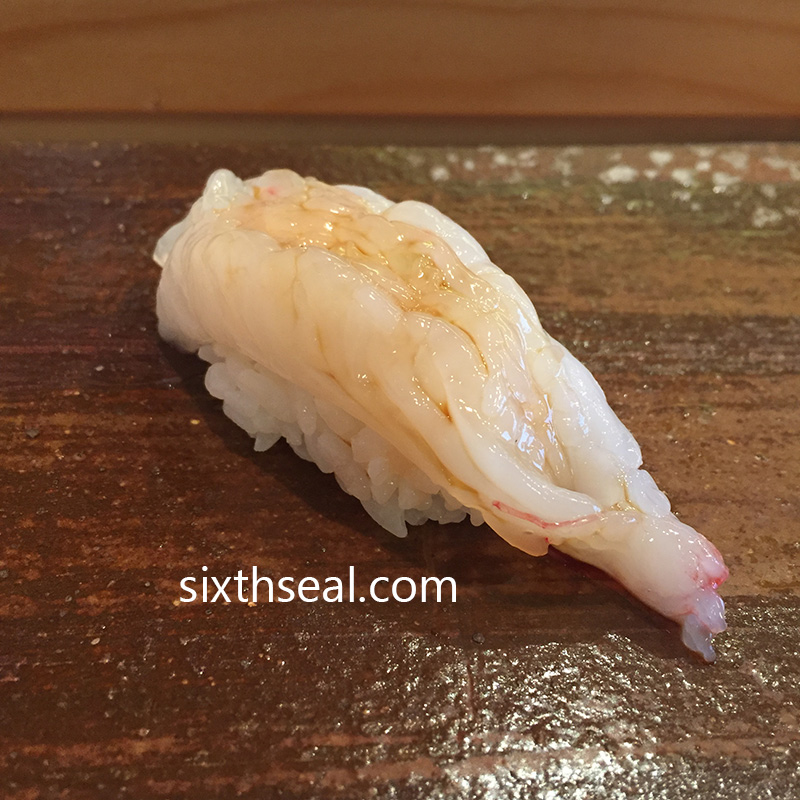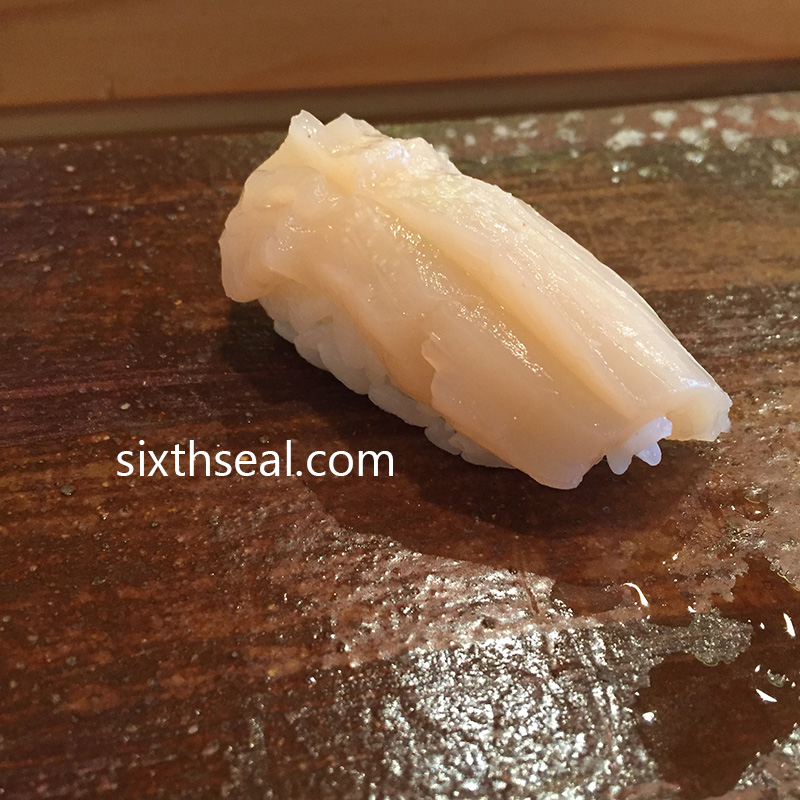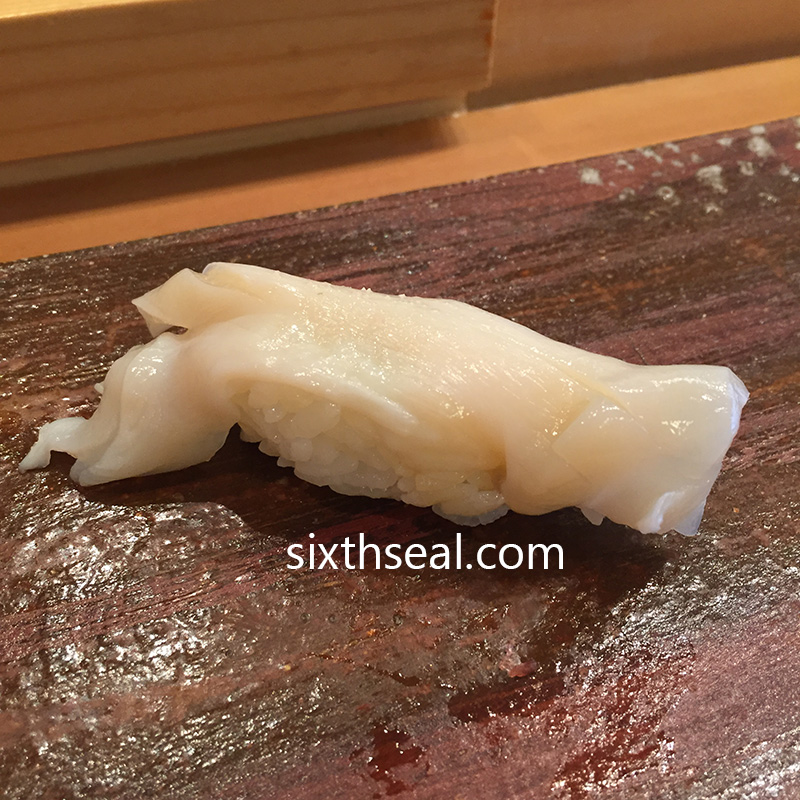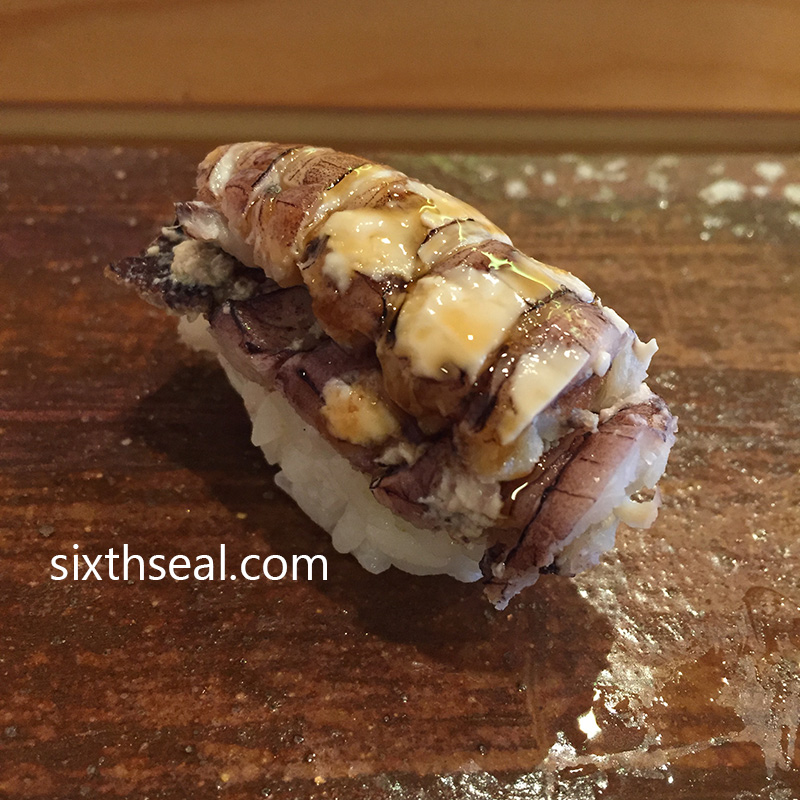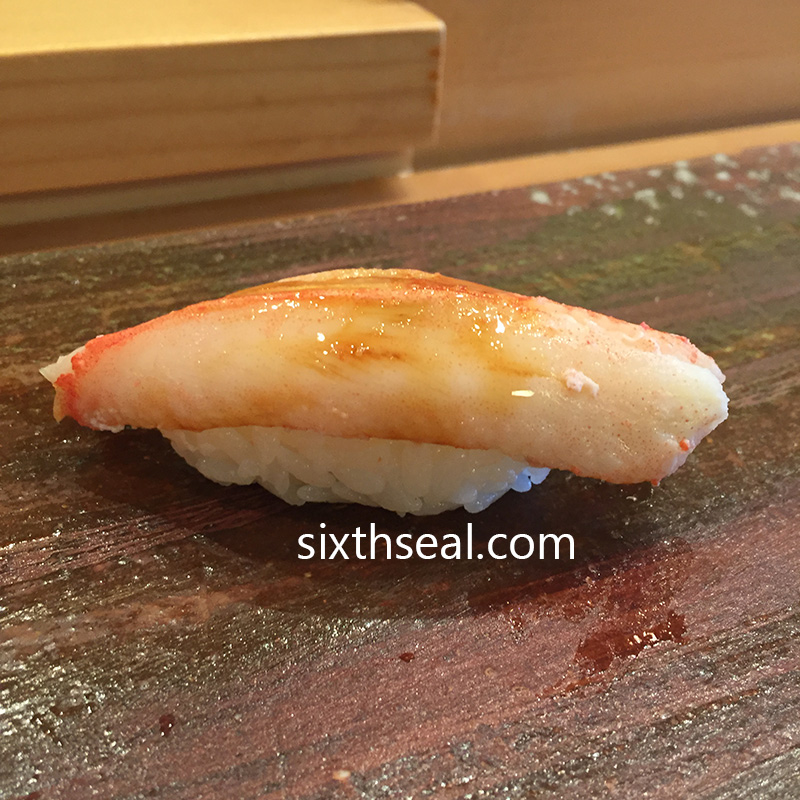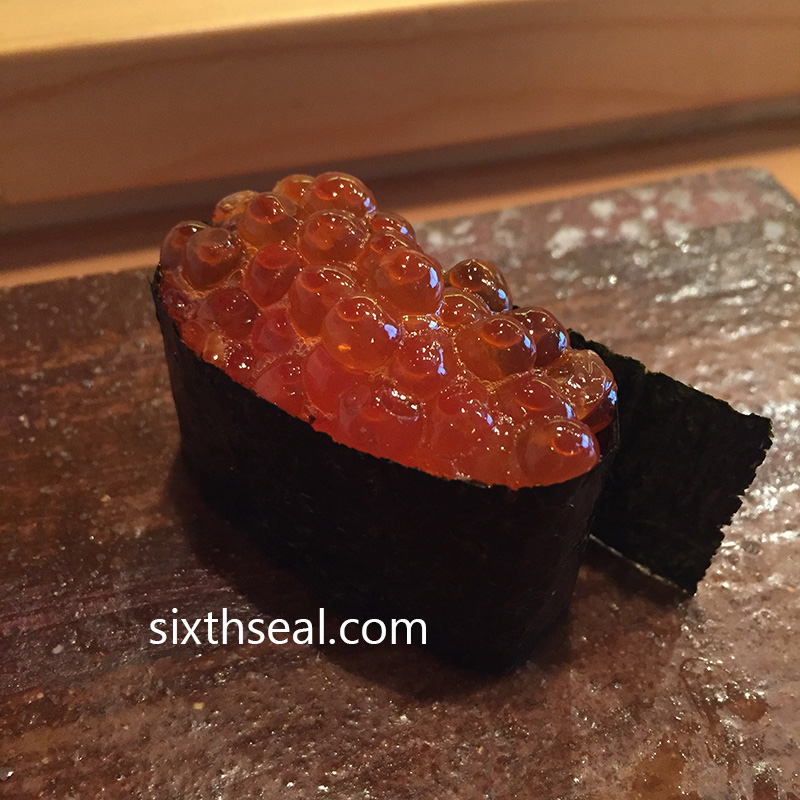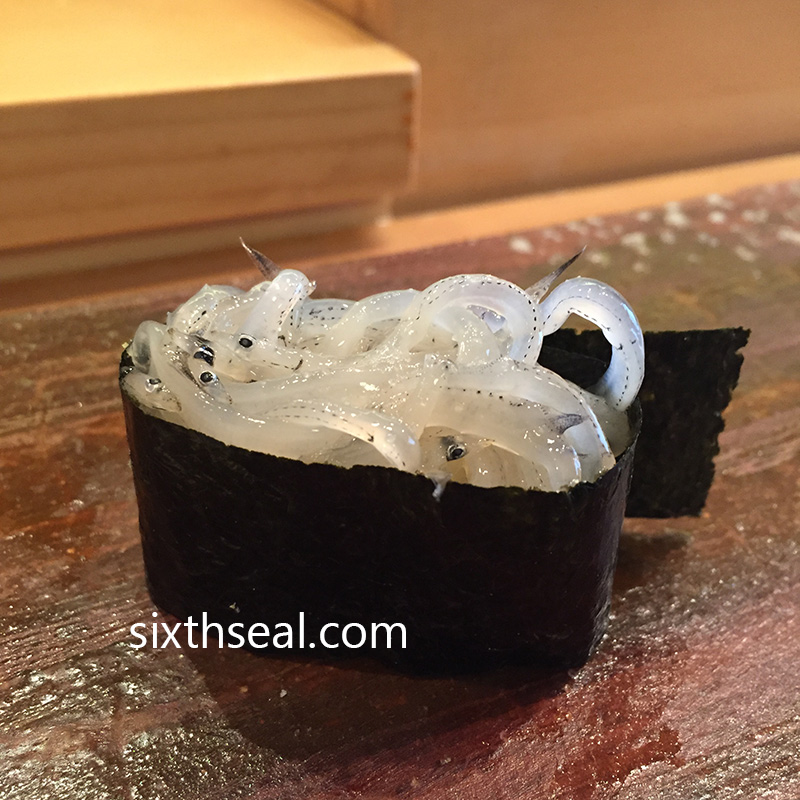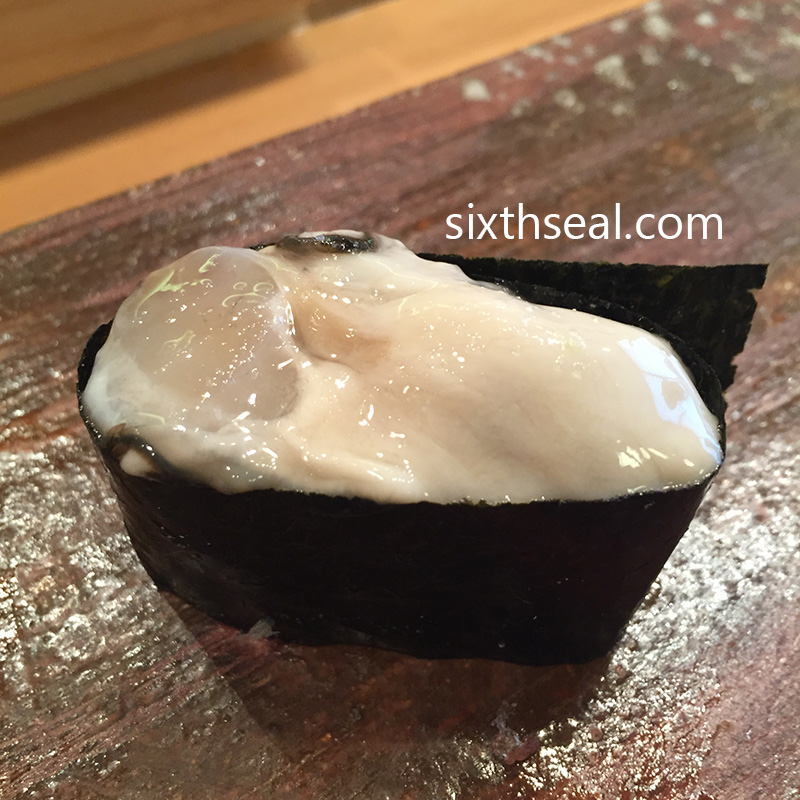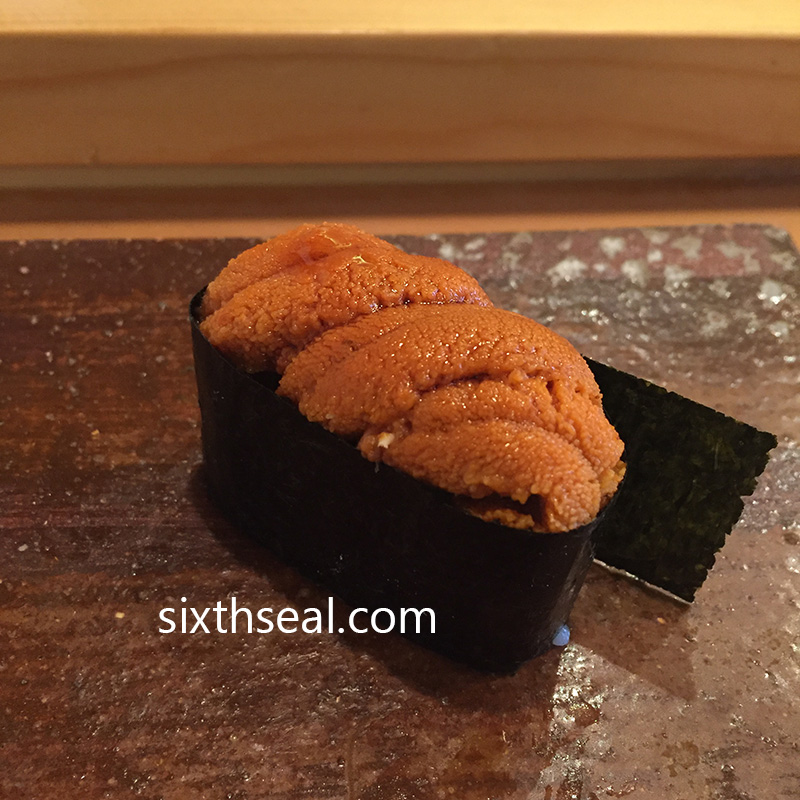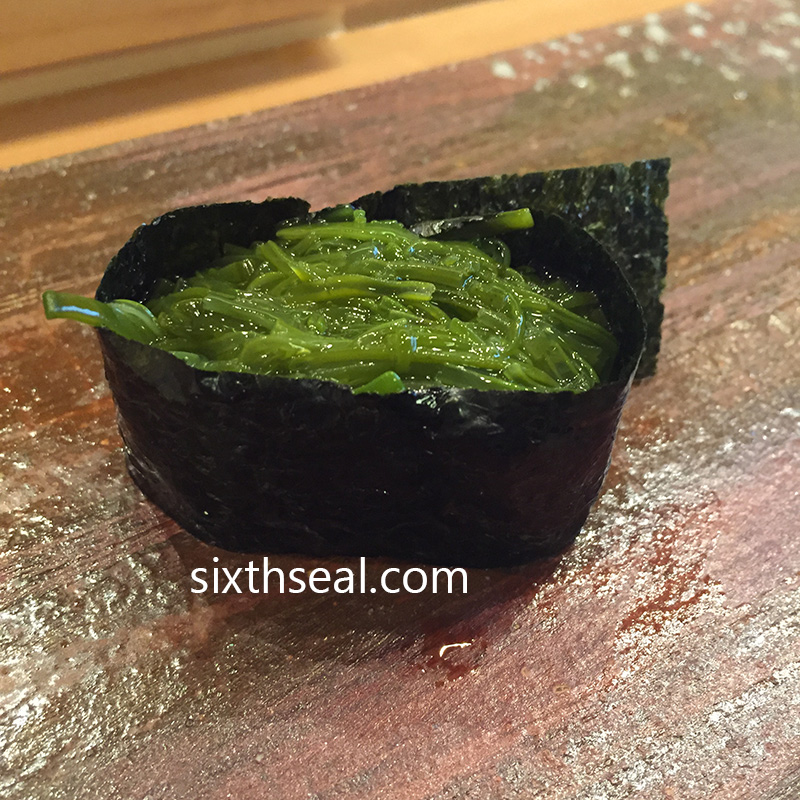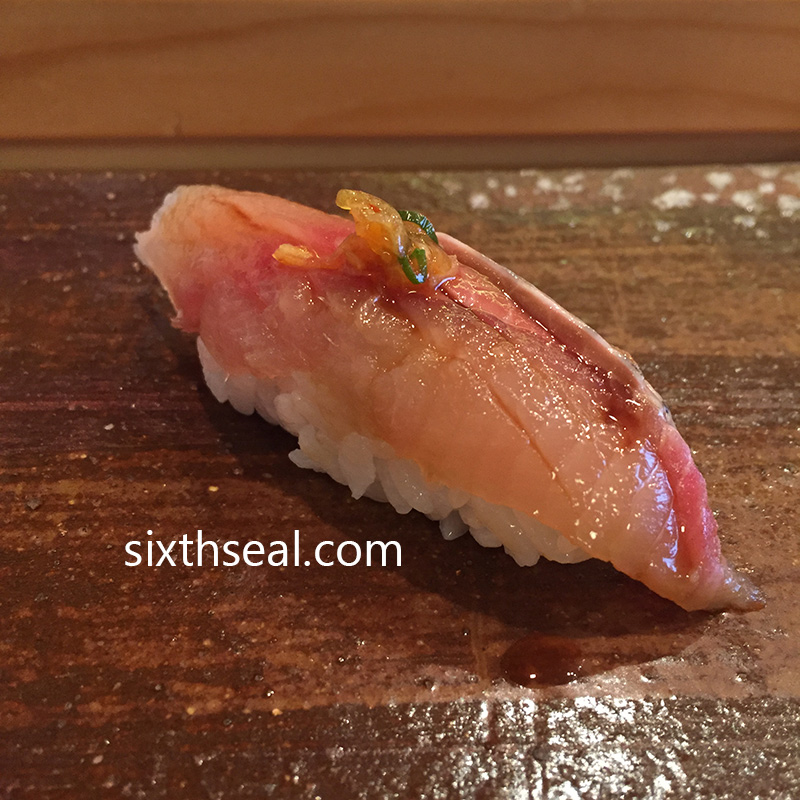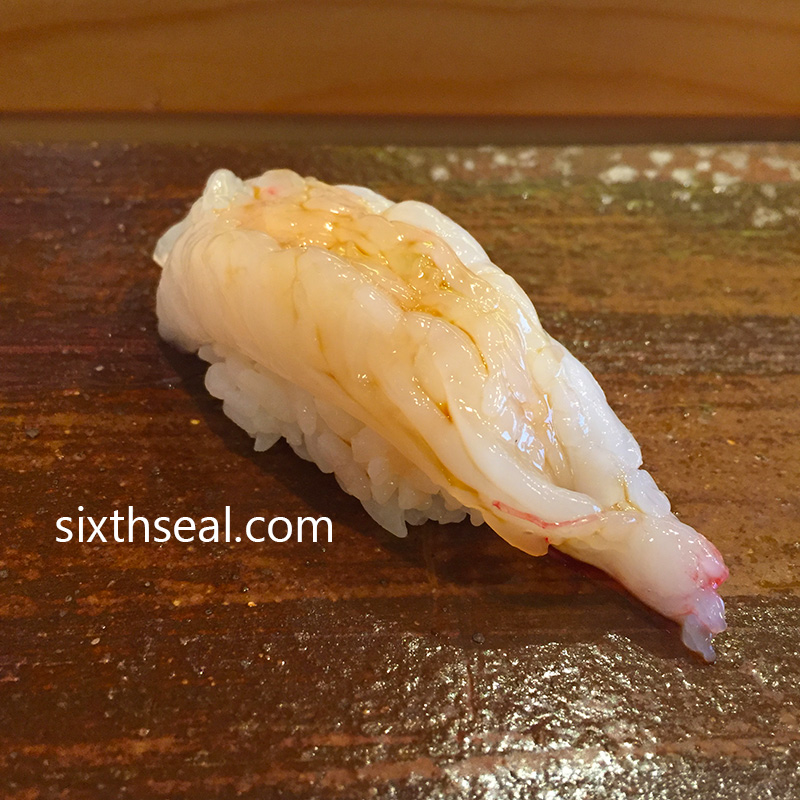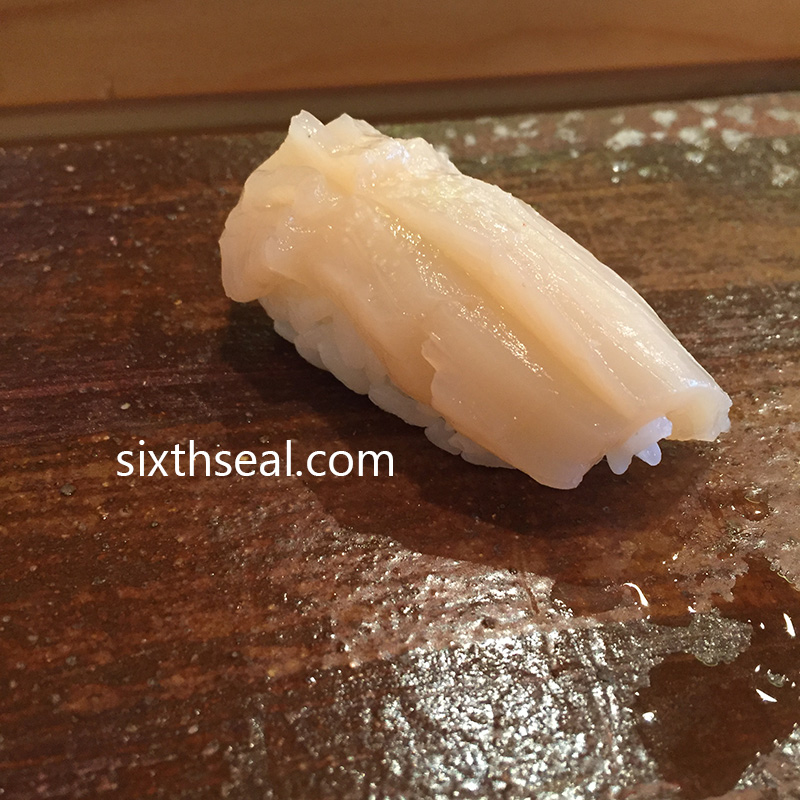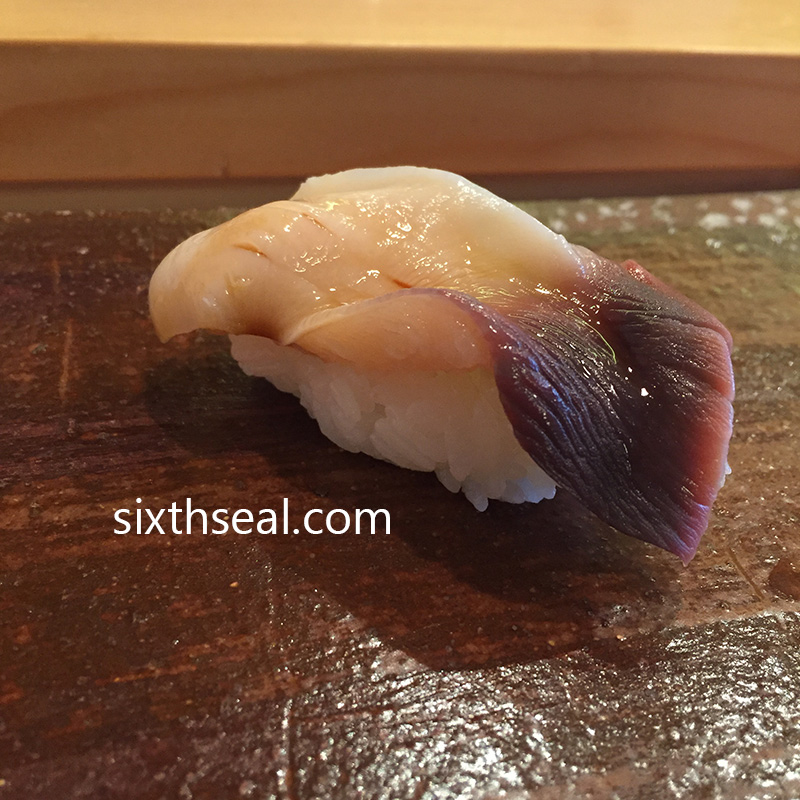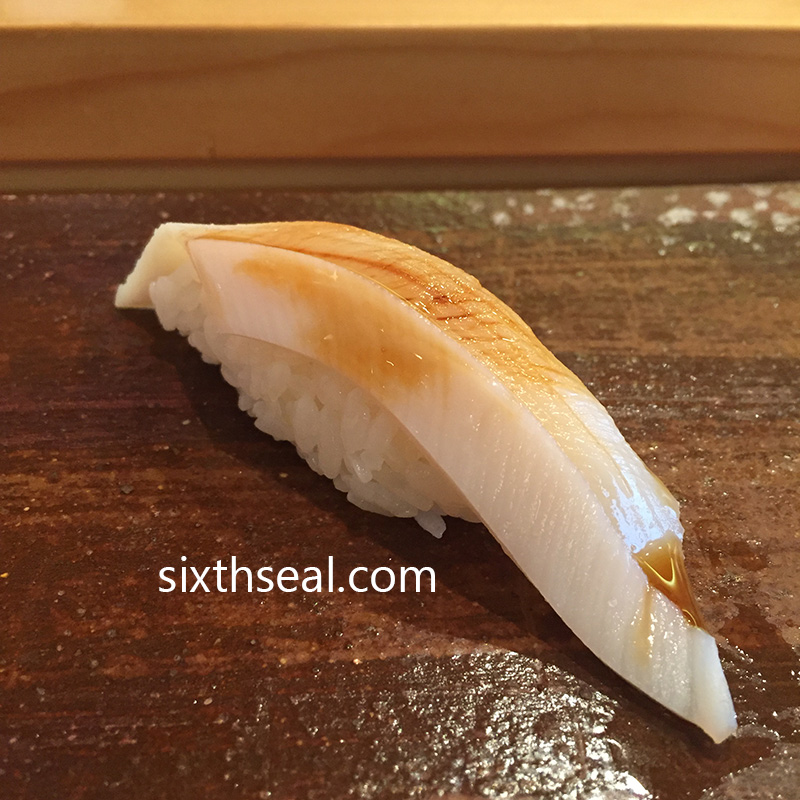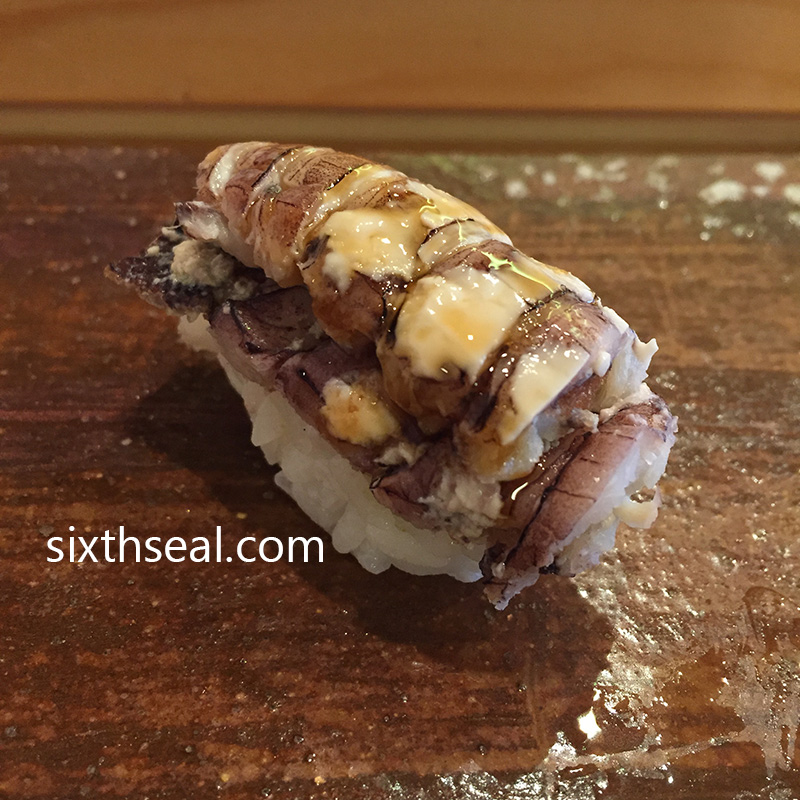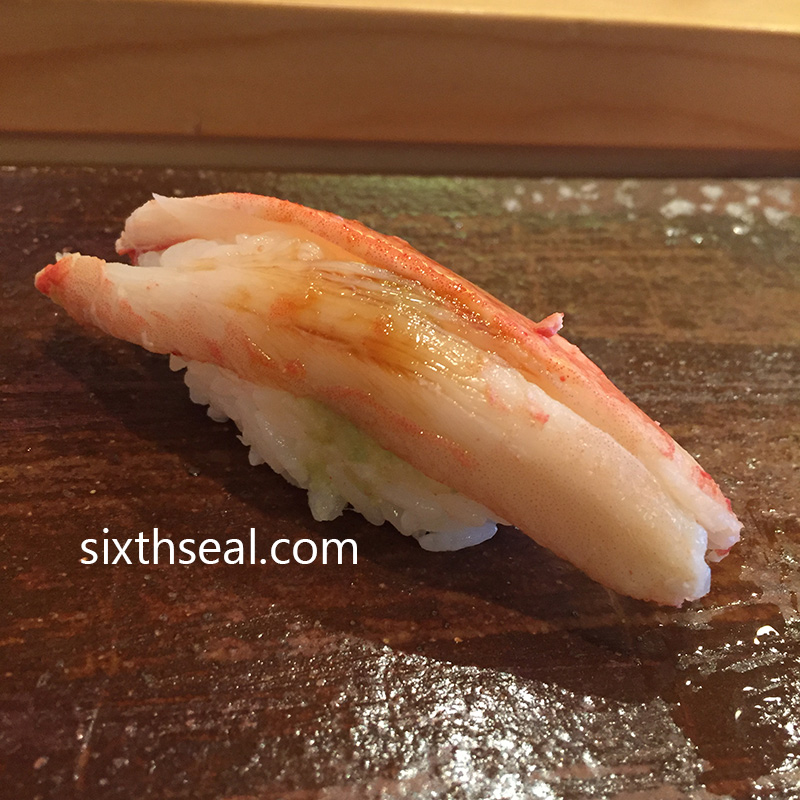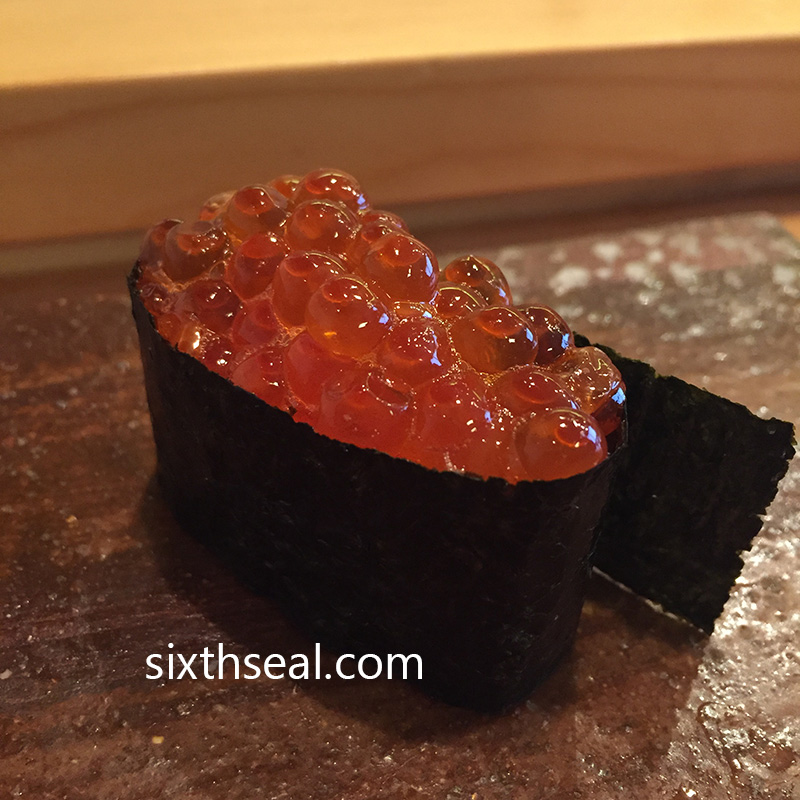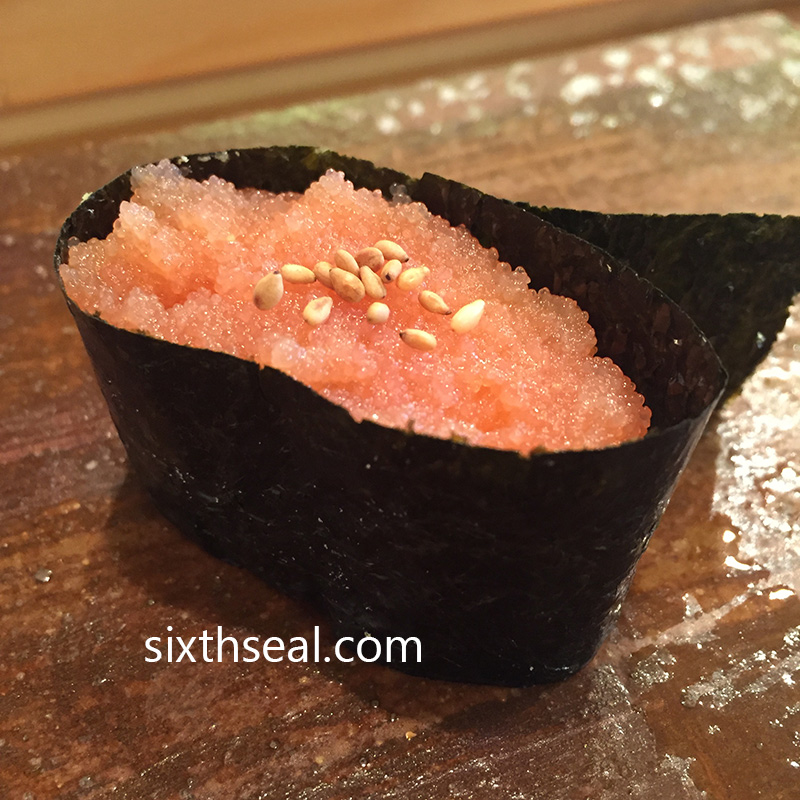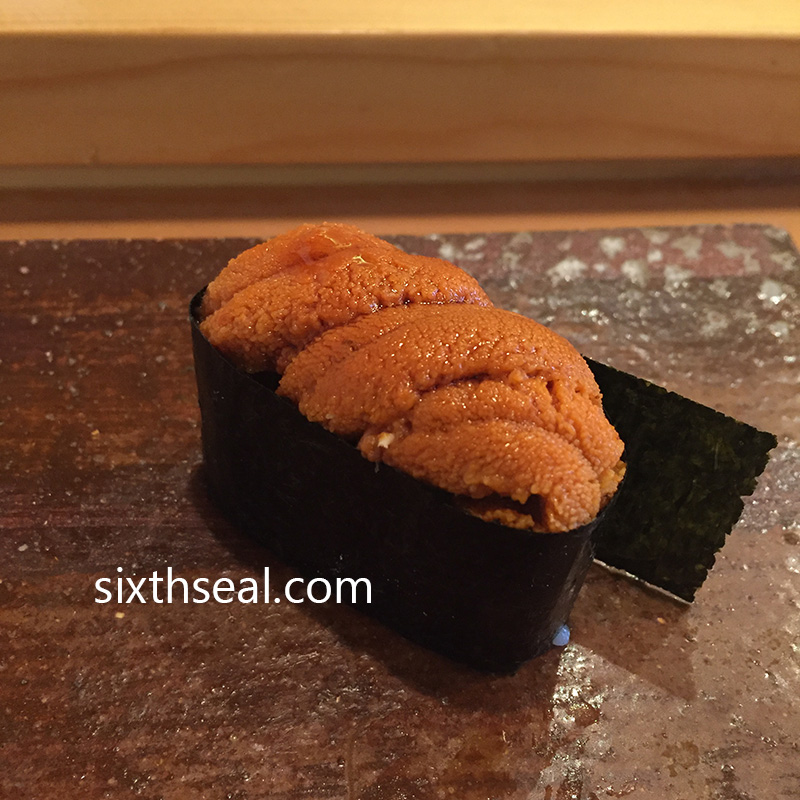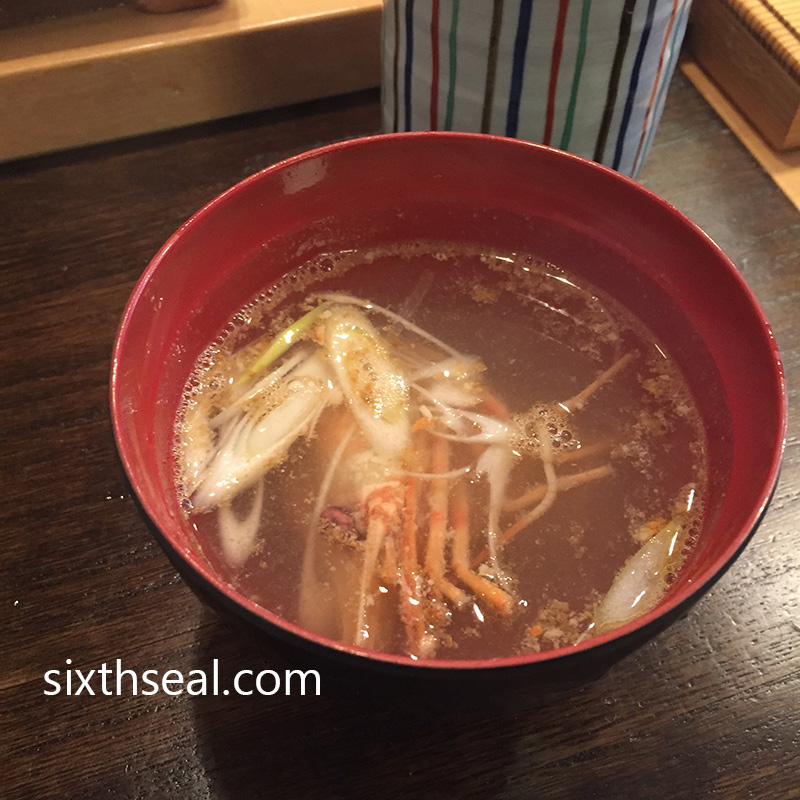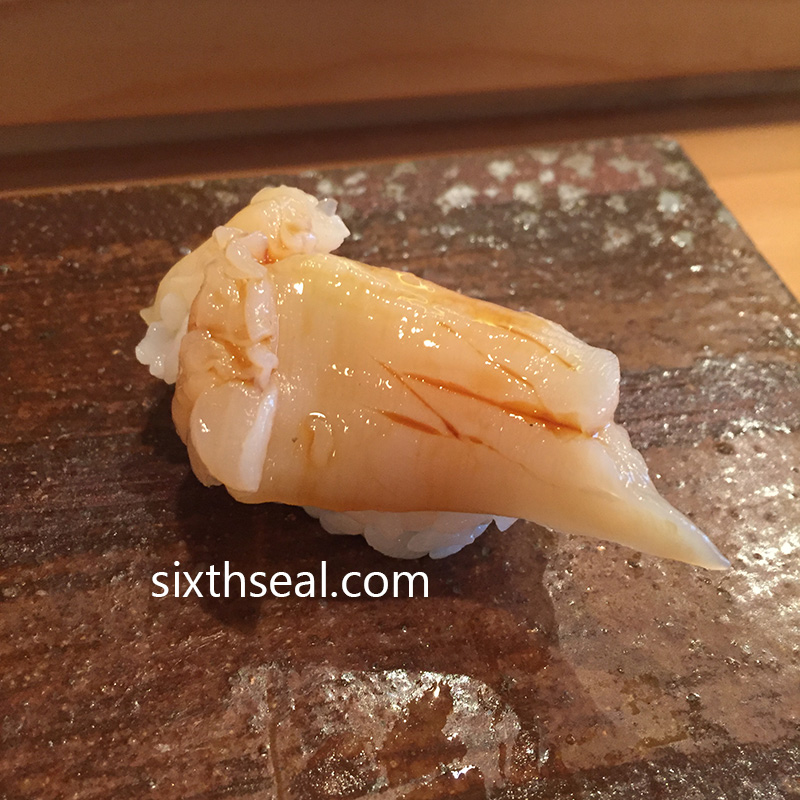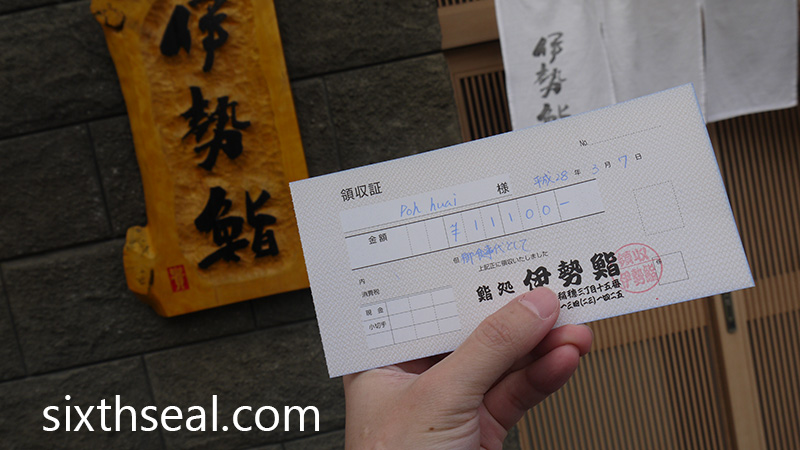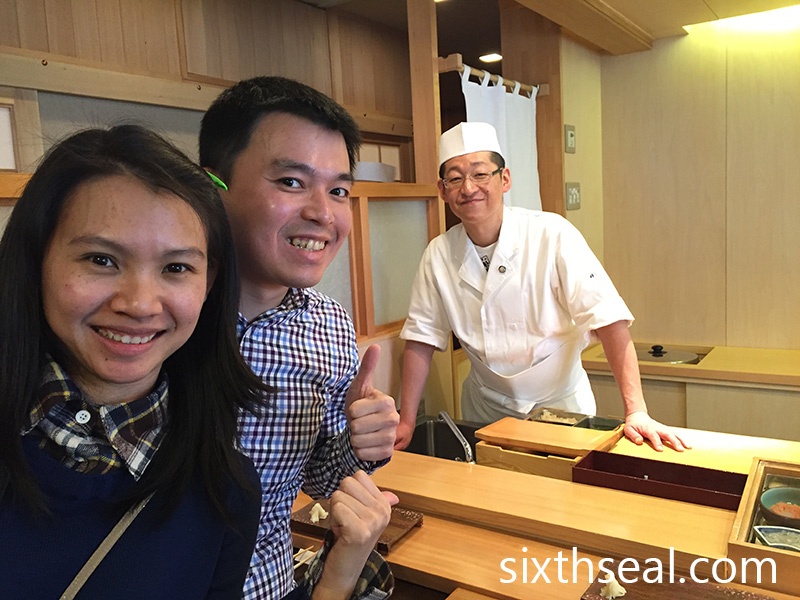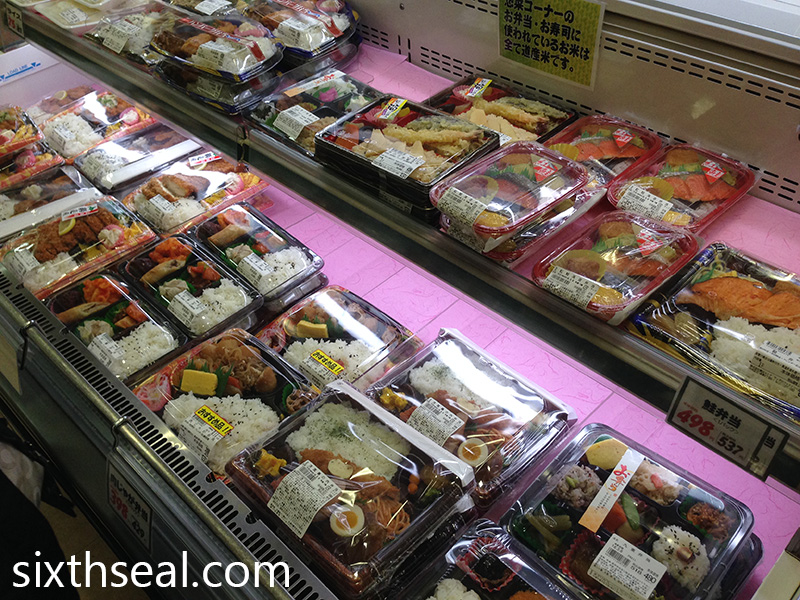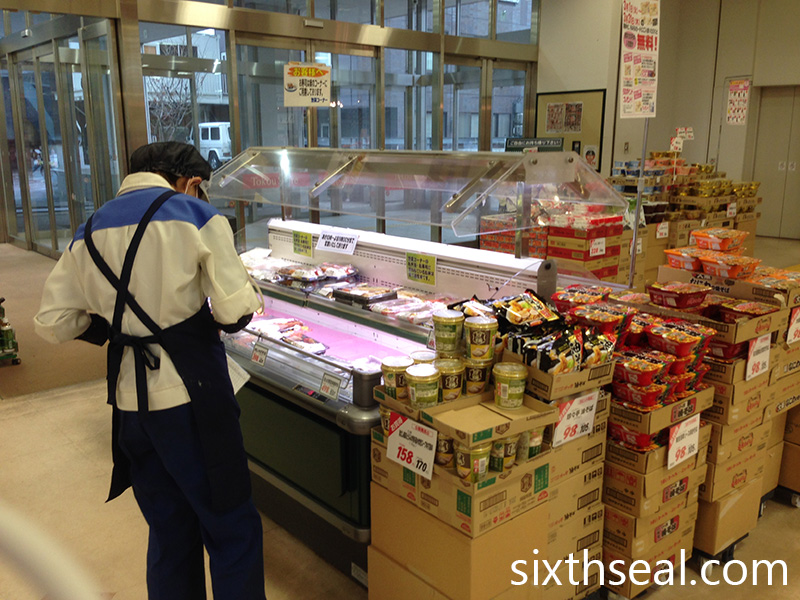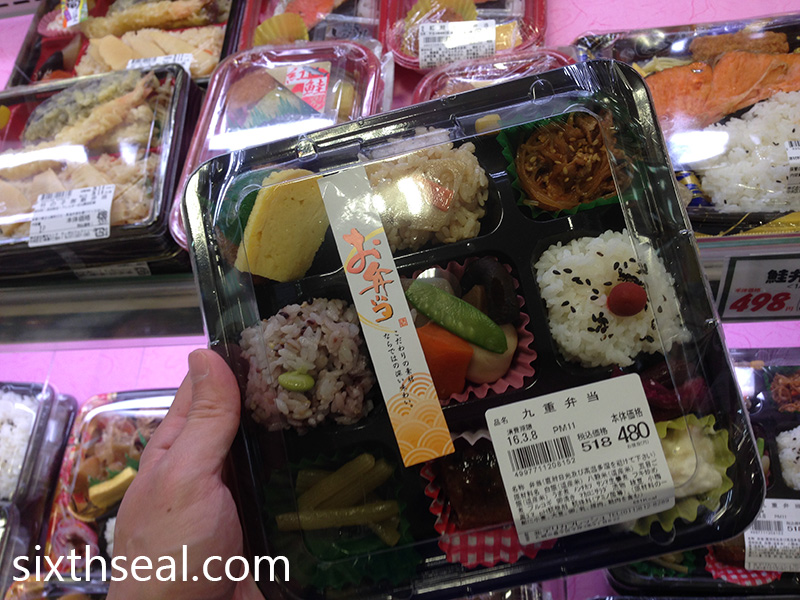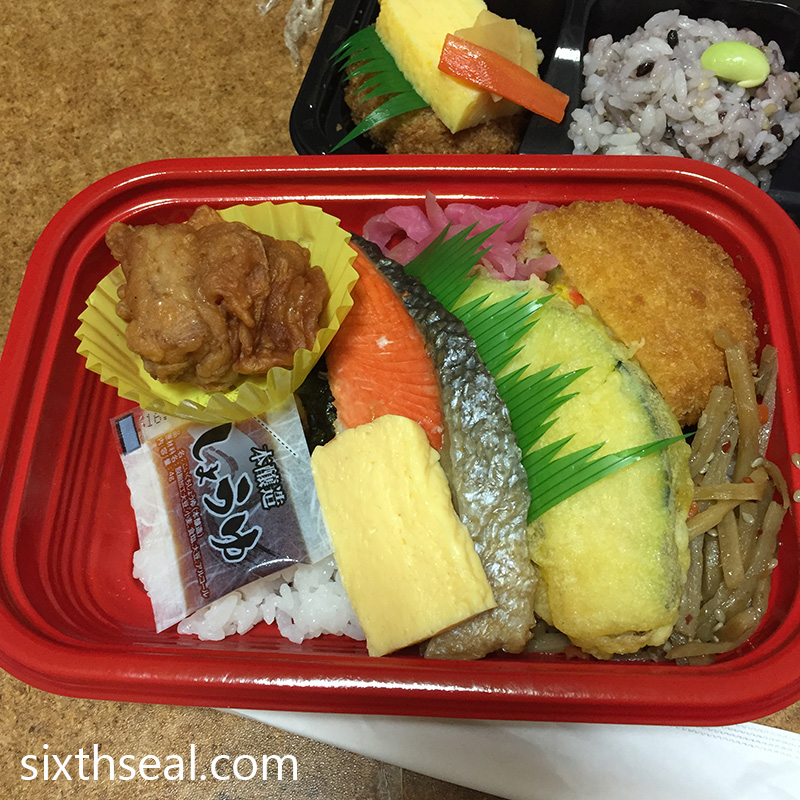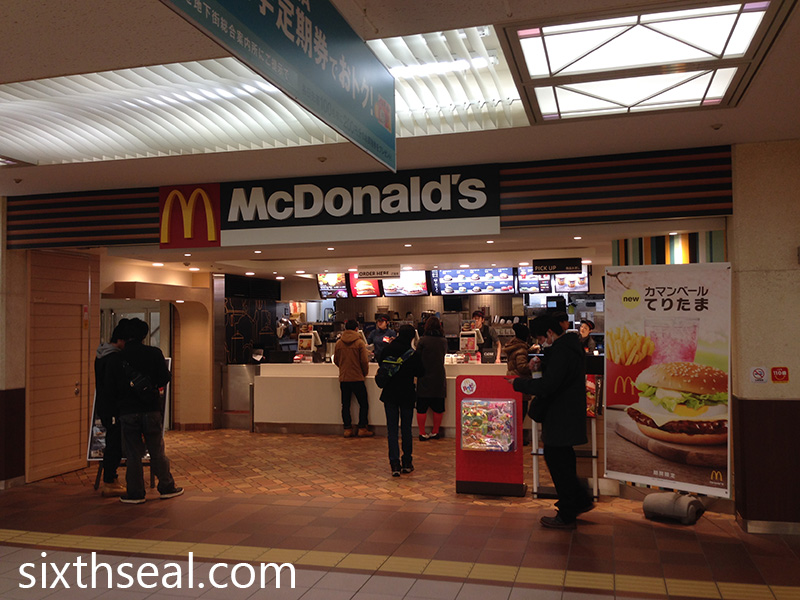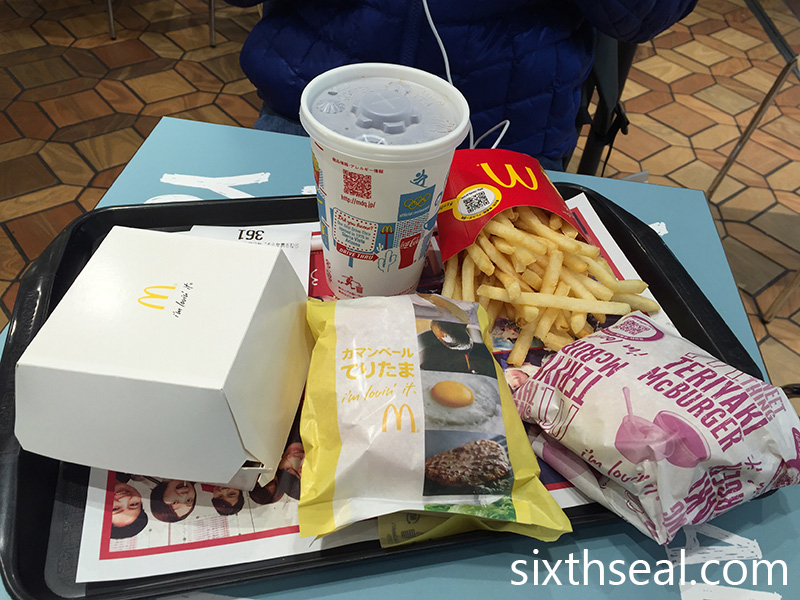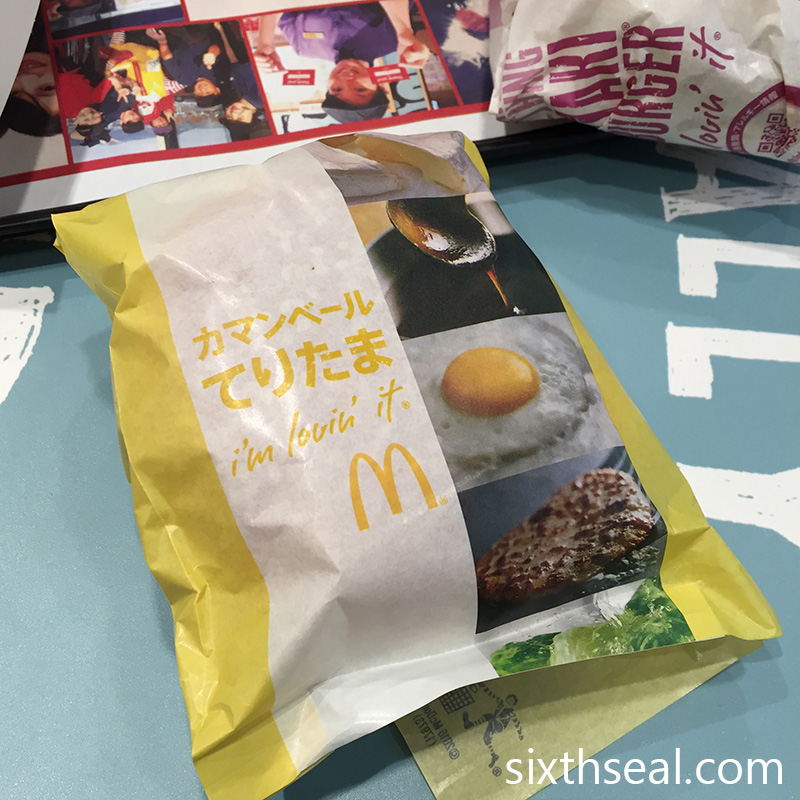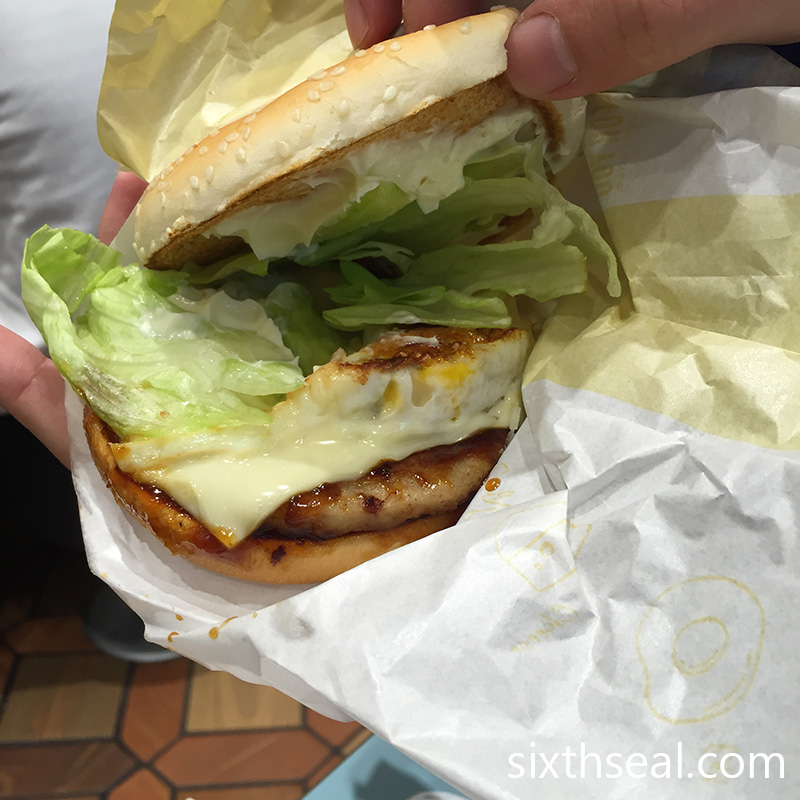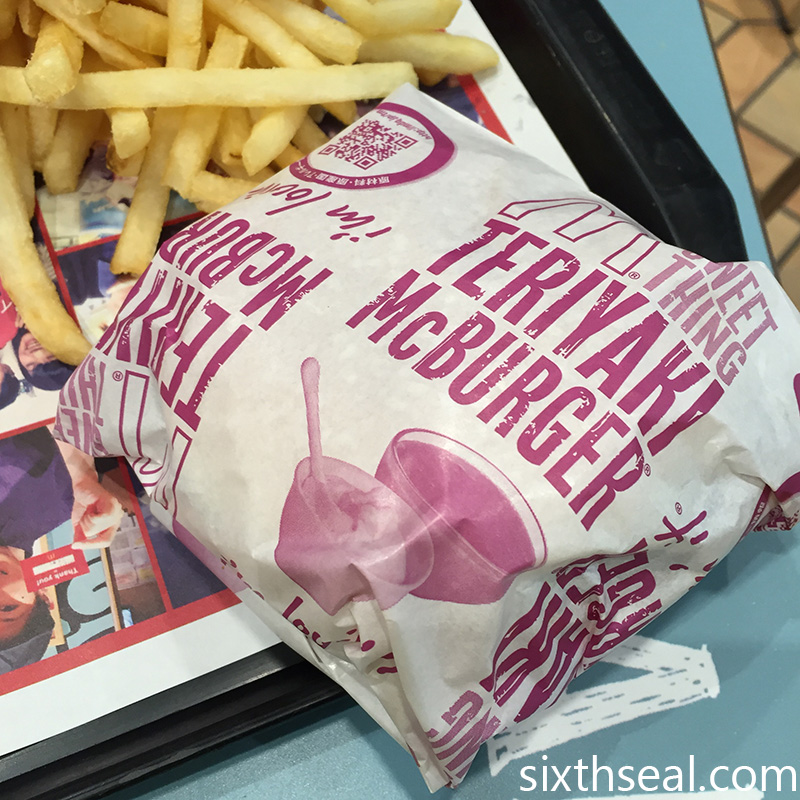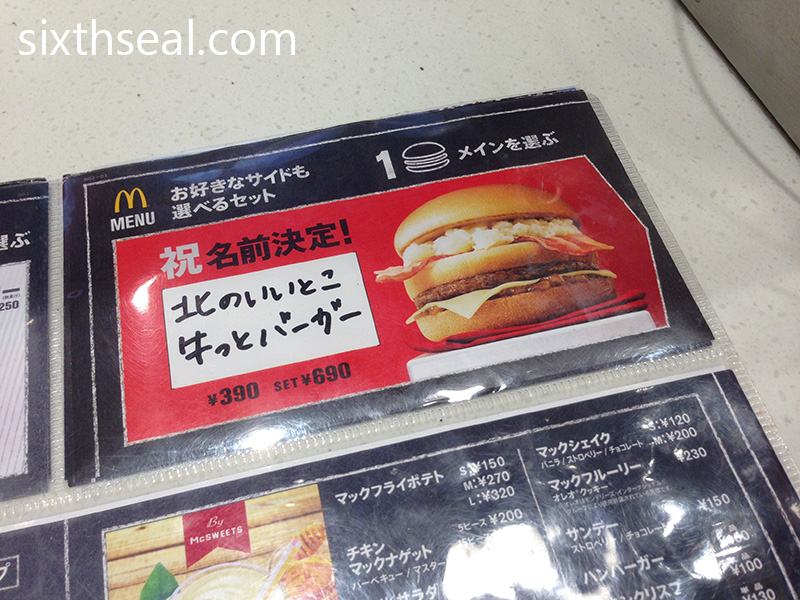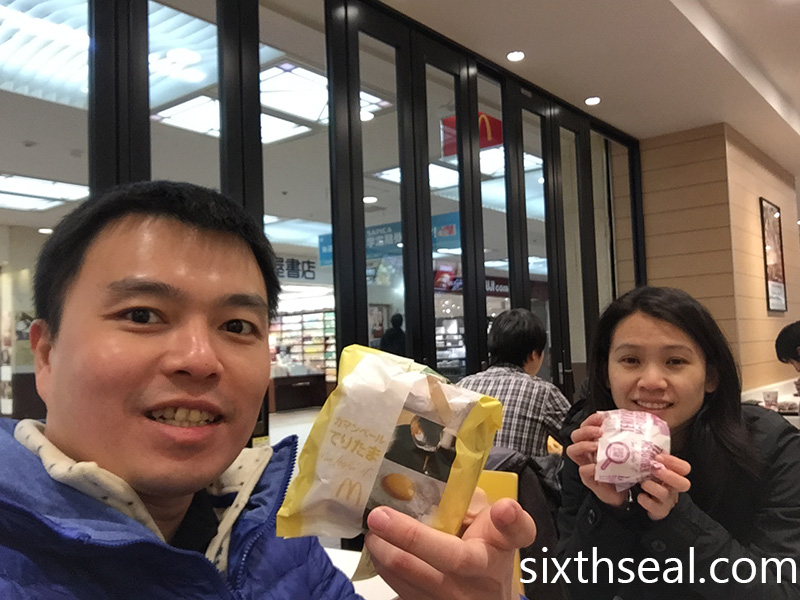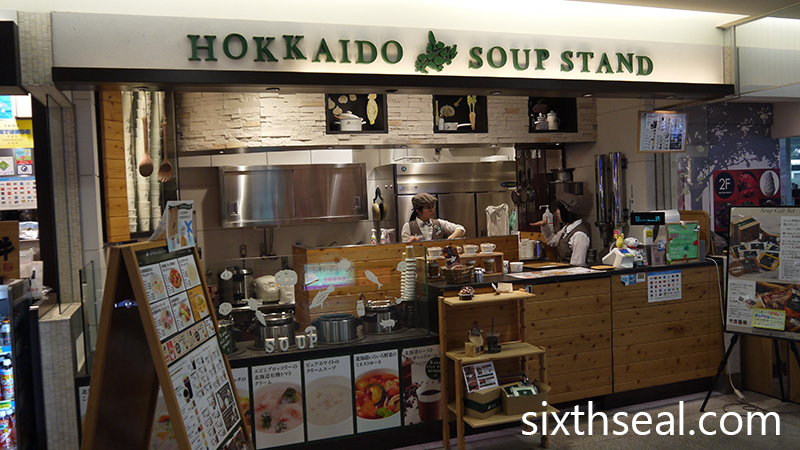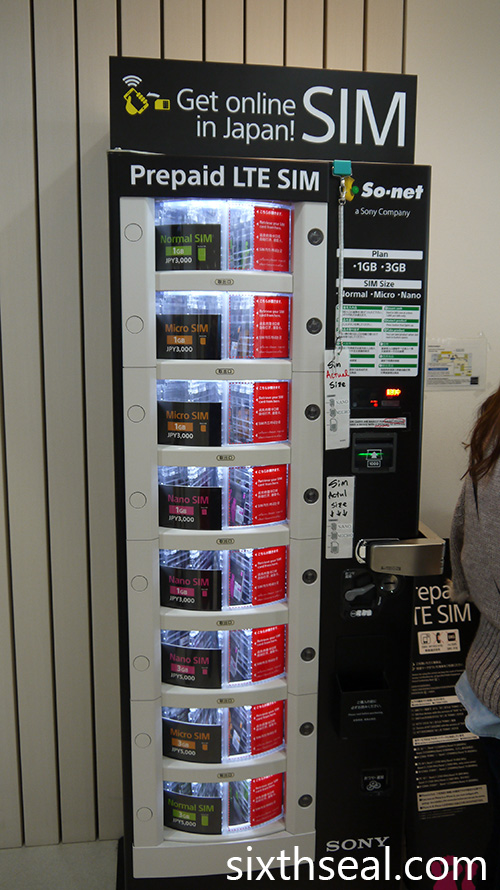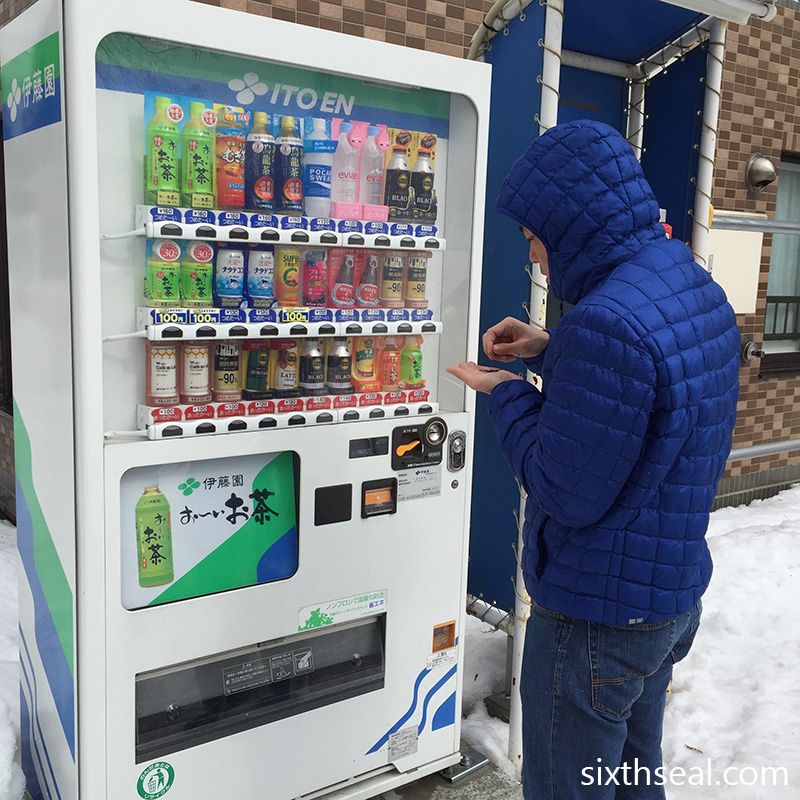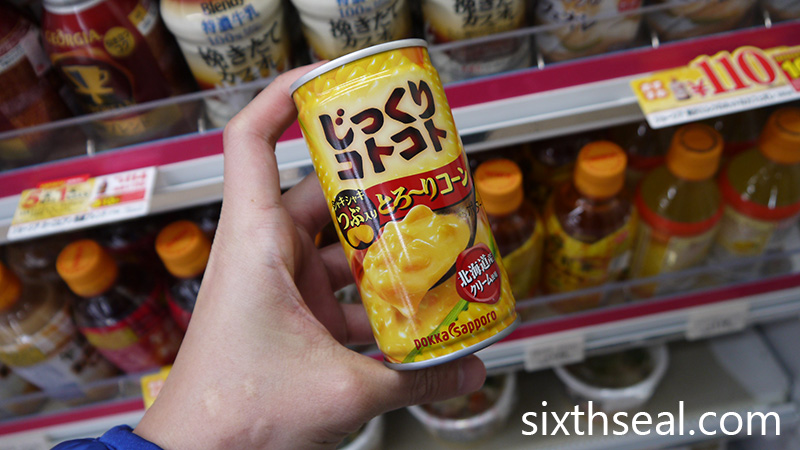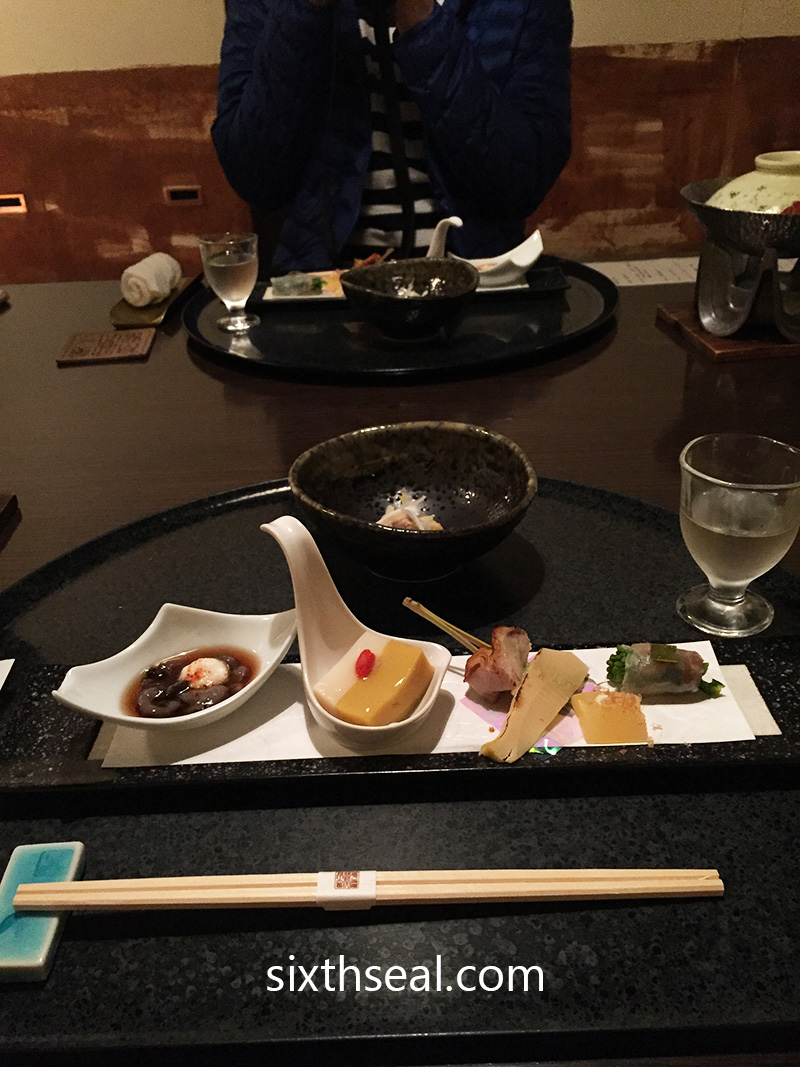
The kaiseki-ryori (懐石料理) dinner is a very important part of a ryokan (Japanese inn) stay. It’s included in the price and the dishes are chance to showcase a wide range of cooking techniques meant to highlight the seasonal and regional aspect of each ingredient. Kaiseki is the name for a traditional multi-course formal Japanese dinner.
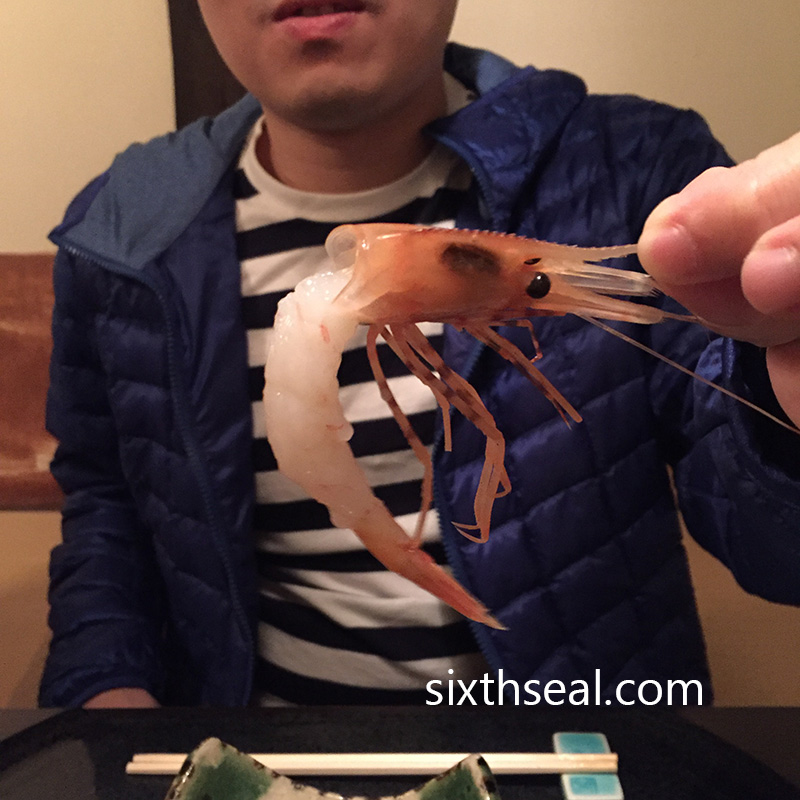
Our ryokan is in Chitose, Sapporo so all the dishes would be local to Hokkaido and seasonal as well. It’s winter right now so we wondered if we should wear the yukata that was provided in the room to dinner. I asked the owner and she smiled and said it was up to us. We saw some people wearing it and some people in regular wear during dinner.

This is the first course that came out. The kaiseki dinner was presented on a high quality piece of paper and we were seated in a room with the dishes brought in and explained one by one to us. You’re supposed to drink the plum liquor (梅酒) first together with the topmost dish which is kinda like an amuse-bouche. The bottom dishes are (from left) yam with pickled sea cucumber (山芋海鼠), two-taste tofu (二味豆腐), grilled Shiretoko chicken with leaf bud of bamboo shoot (知床鶏と筍の木の芽焼き), golden herring roe (黄金数の子), nanohana with sea bream and flower kelp (鯛菜の花昆布〆).
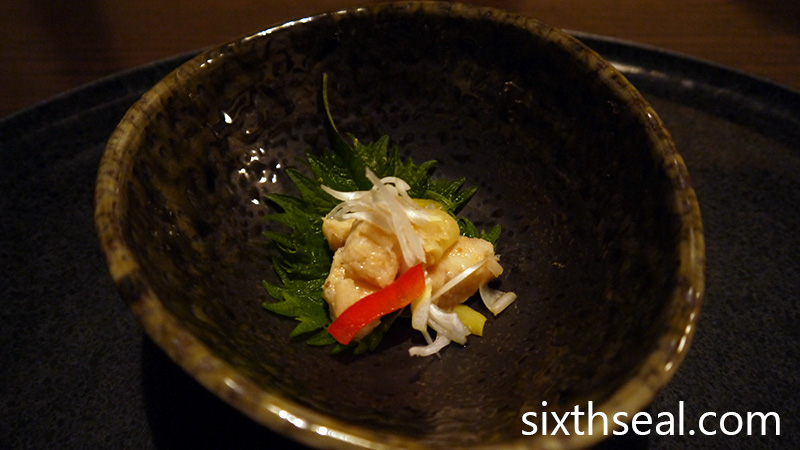
The 先附 (appetizer) is tossed anglerfish white flesh and liver (鮟鱇共和え). It’s delicious! I particularly liked the anglerfish liver. I’ve come to love raw liver since my visit to Japan. It’s meant to be savored with the alcohol. My better half didn’t like the ume liquor though so I drank her portion as well.
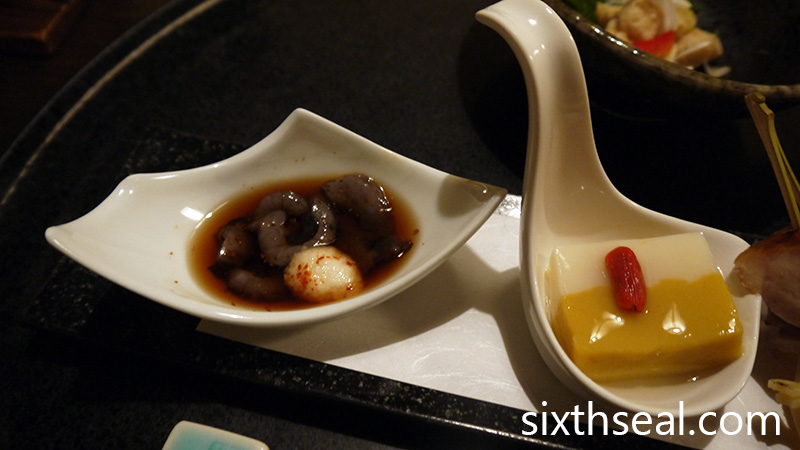
The bottom dish is the proper first course. I really enjoyed the yam with sea cucumber. The sea cucumber is raw, so it’s very hard and chewy. It’s perfect in the pickling juice and I had a good time chewing and munching on the sea cucumber. It’s so different from a cooked version, it’s almost impossible to swallow without a lot of mastication. It ended up being my favorite appetizer. The two-taste tofu with a goji berry on top was decent too.

Shiretoko is a town at the northernmost tip of Hokkaido and the chicken there is apparently quite good. It’s grilled simply and speared with a very thin slice of bamboo shoot. The golden herring roe was very nice, they thoughtfully served it on a bit of decorative plastic. The last item is nanohana (rapeseed – closely related to brocollini) wrapped with raw sea bream and topped with a piece of kelp.
Interesting fact: Did you know that brocollini was invented in Japan?

The chef gave us another dish while we were eating. It’s the famous sekihan! Sekihan with egg sauce (赤飯卵餡掛け) is a warm dish that is a mixture of sticky rice steamed with adzuki beans. This is eaten during celebrations in Japan and tastes totally unlike regular rice. This is a very interesting dish, even the egg sauce is sticky and starchy so it gives off a different texture to anything before and after.

The next course is mukozuke (向付/sliced seasonal sashimi). Our sashimi plate (お造り) is a showcase of Hokkaido catch, there is everything from scallops to shrimp. This is the same jumbo Japanese Botan shrimp we’ve eaten at the 1 Michelin Star Isezushi in Otaru. I liked the sashimi selections – it’s served with a side of real wasabi (not the fake horseradish substitute you get back home) and shiso.

The next course was for fried items and the presentation was beautiful. There is a whole jumbo Japanese Botan shrimp with salt and old sake (酒塩牡丹海老) in a cute basket together with half a wedge of lemon. Deep fried tofu (とろ湯葉揚げ) coated with tempura batter, crispy green pepper (青唐) and half a sweet potato rounded up the dish. I love how everything was put on top of absorbent paper to soak up excess oil.
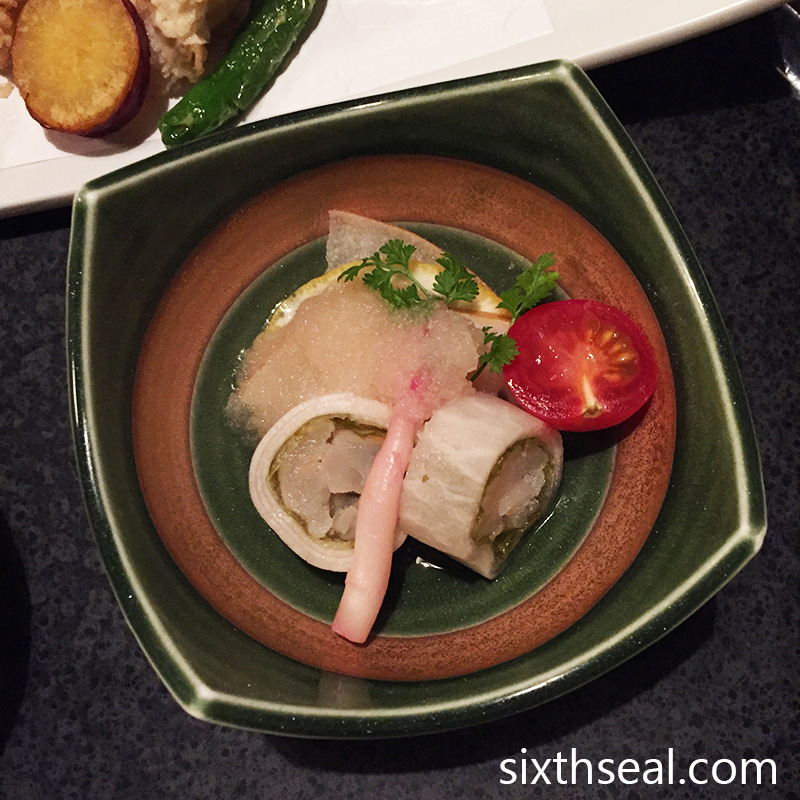
The chef slid another different dish as the su-zakana (酢肴) or palate cleanser after the intensity of the fried items. This is rolled shrimp with grated pear in vinegar (おぼろ海老絹田巻 梨酢掛け). I love the bright acidic flavors of the vinegar base and the fresh pear did the perfect job of neutralizing all the flavors in my mouth before the next course (which was quite delicate). There are two pieces filled with raw shrimp and a cherry tomato to go with it.
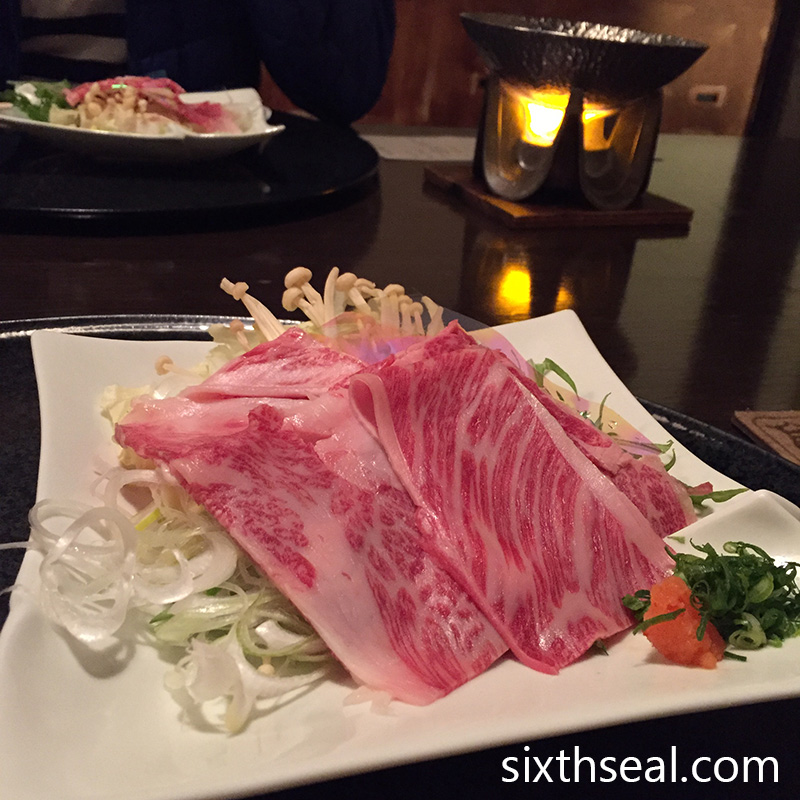
Shabu-shabu (しゃぶしゃぶ) was next. The hot pot had already been sitting on our table since the beginning and we were wondering what it was for. A plate of beautifully marbled sliced Japanese wagyu beef (びえい和牛) on top of several different types of vegetables and enokitake (enoki mushrooms) came and the chef lit up the heat source at the bottom of the personal hot pot.

You’re supposed to put the vegetables in first to make the broth (the water is just that, there’s no salt even) and then swish the thin slices of beef in the boiling hot water before dumping it into the sauce. There’s actually a good amount of beef here and since my dear isn’t big on beef, I ended up eating most of hers. This is a delightfully bland dish meant to ready your palate for the next course in the kaiseki dinner.

Hokkaido grown rice came in a ohitsu (traditional wooden container for storing cooked rice) along with several side dishes as the previous course was cleared away.
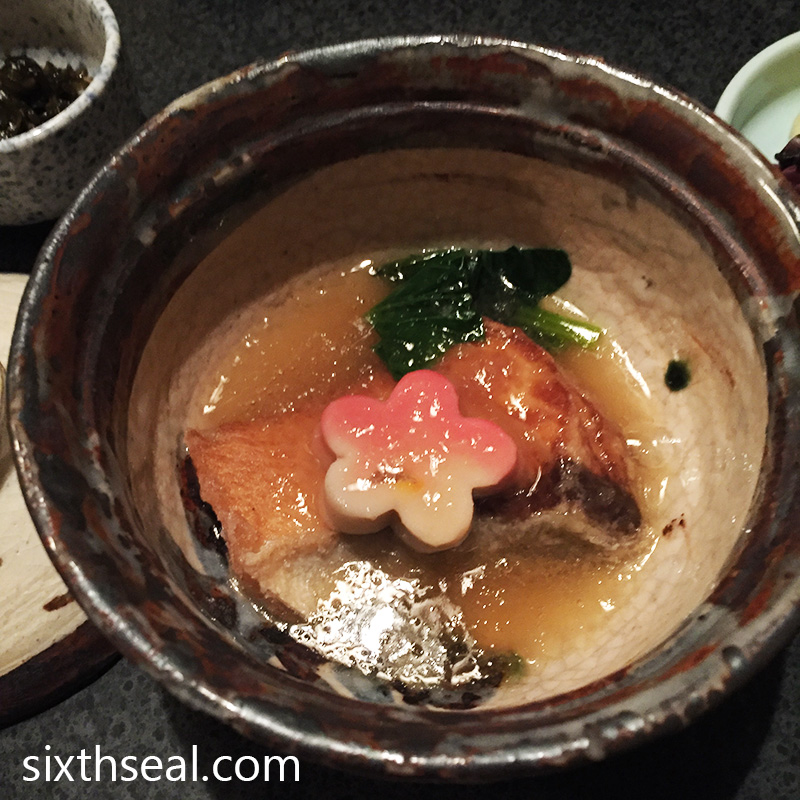
The main dish is deep fried winter Japanese amberjack (寒鰤揚げ出し 霙餡) and it goes really well with the fluffy local rice.

It’s flanked to the right by sweet boiled kelp with sesame (胡麻昆布佃煮) and to the left by three pickles (三種盛り). The ko no mono (香の物) or seasonal pickled vegetables is actually a course by itself and it’s something of an acquired taste. I don’t know how many tsukemono (pickled stuff) I’ve eaten in Japan, they’re really big on them in winter. There’s a bowl of miso soup to go with the rice course. BTW, this picture is upside down coz it’s taken from my dear’s perspective so left is right and vice versa.
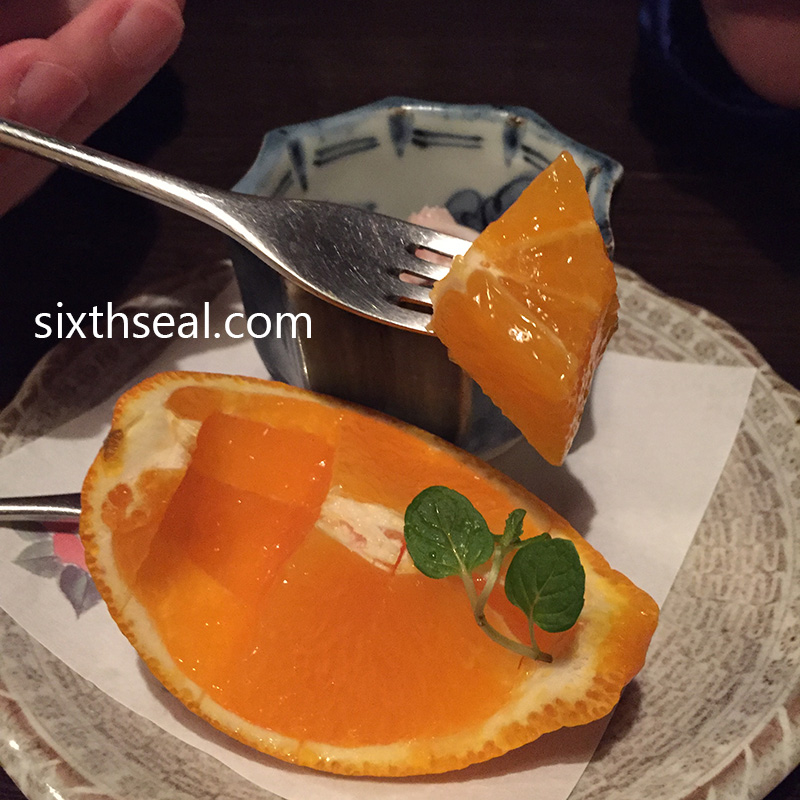
The last course is the mizumono (水物) – a seasonal dessert (季節の果実). It’s a wedge of chilled Japanese mikan that’s cut into easy to manage bite-sized pieces. This is brilliant! They have four (4) deep cuts and one (1) long one beneath, so the orange segment can be speared out with a fork in three (3) pieces. How thoughtful. I liked the sprig of microgreen mint that came with it too but the delicious ice cream was the highlight.

It’s salty daifuku ice cream (塩大福アイス)! My better half has written about the daifuku we ate at the aptly named Daifukudo – it’s a Japanese sweet made with mochi and a filling. The ice cream we had was a little salty (!!!) which as a pleasant contrast to the sweet adzuki beans inside. It’s only mildly sweet from the red beans so that was a very interesting experience. The Japanese don’t usually eat excessively sugary stuff.

The kaiseki-ryori dinner was one of the highlights of our ryokan stay at Jozankei Onsen. It’s nice to eat seasonal produce which has been prepared in many different ways (raw, fried, pickled etc) to highlight the freshness and locality of the ingredients. The light and delicate seasoning is a testament to Japanese cuisine and the kaiseki full course meal is something you can’t miss when you’re in Japan. We loved it!


